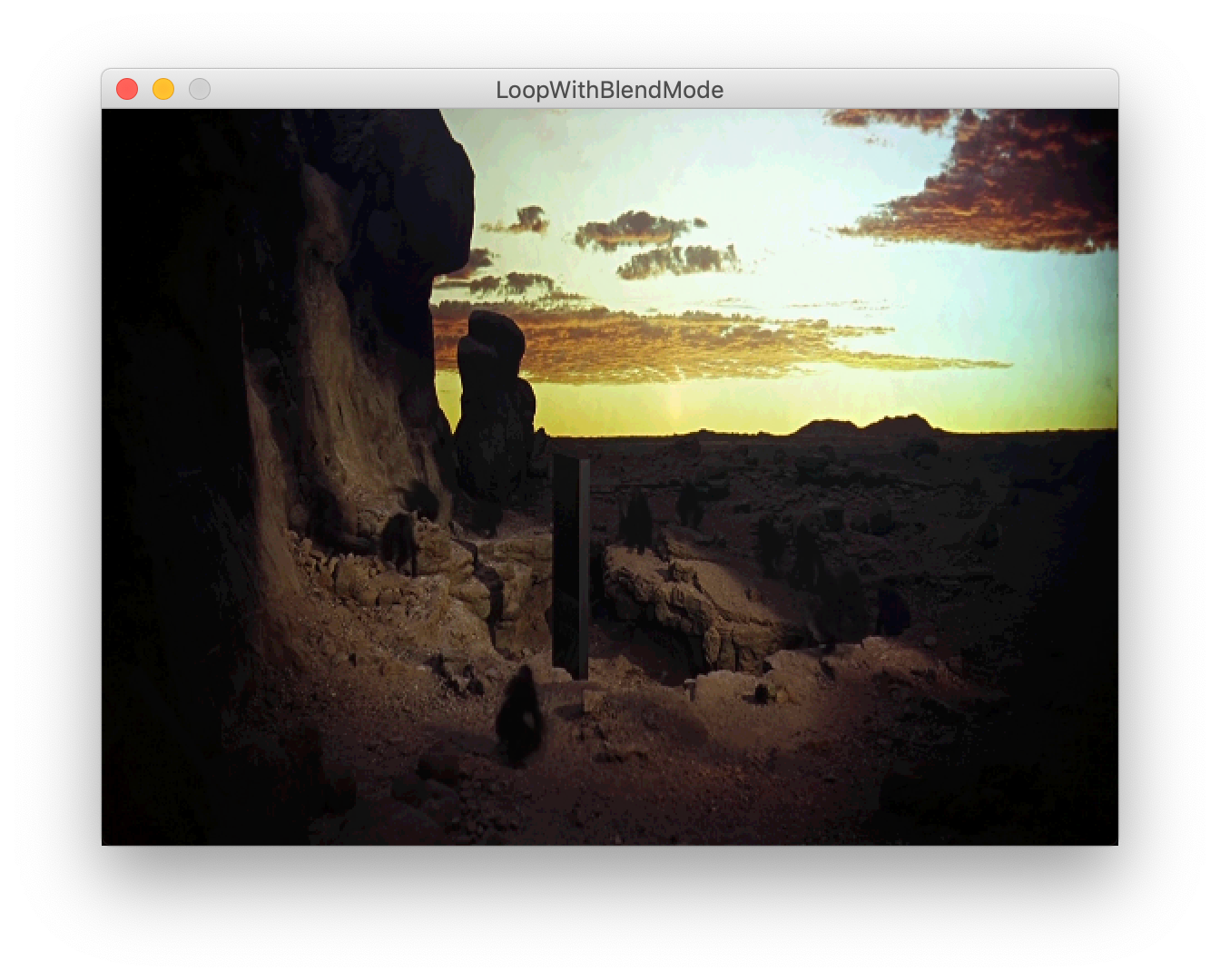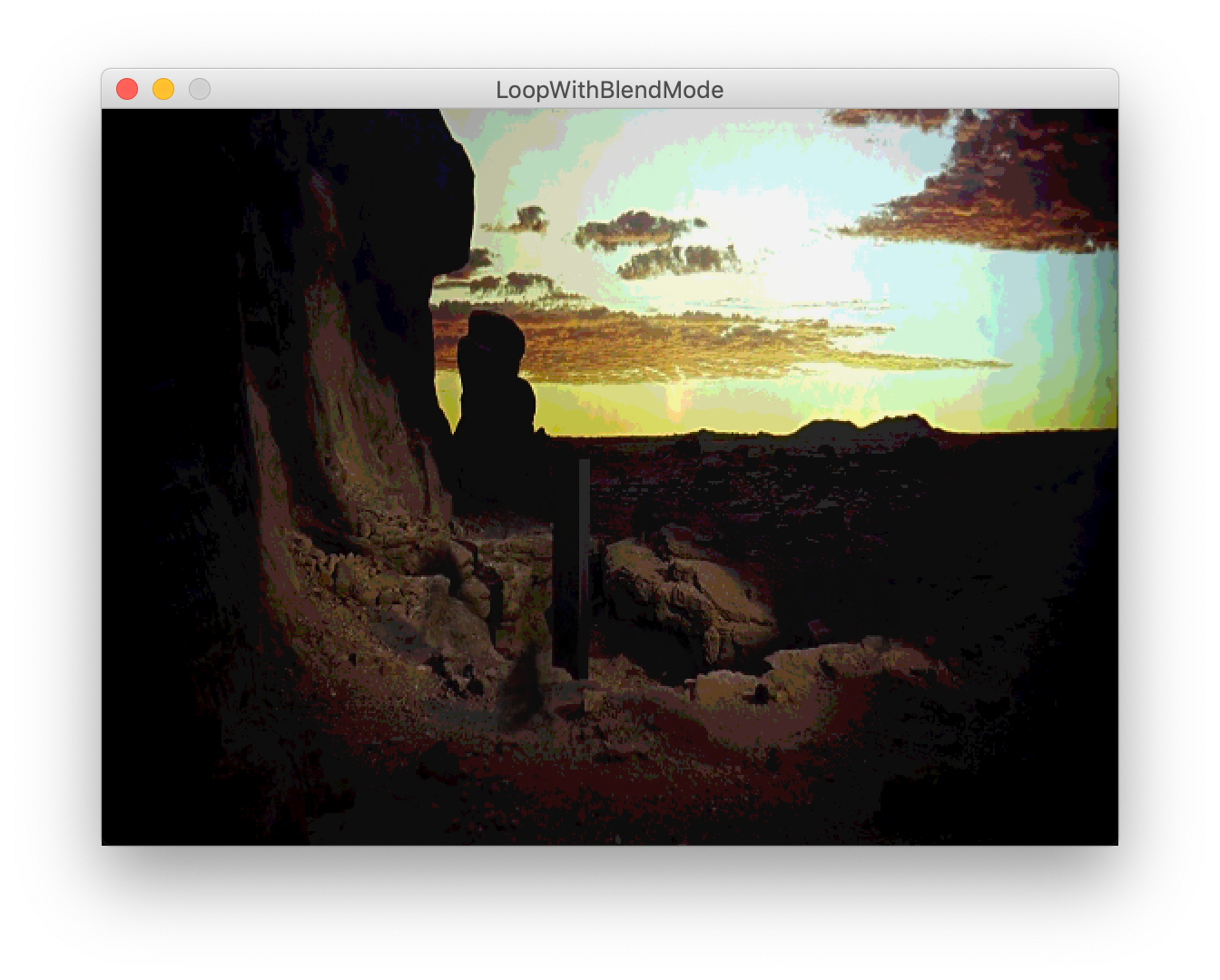Further experimentation with this processing sketch proved to be rewarding. I learned what kind of scenes worked well quickly and began to create some really interesting iterations of this work.
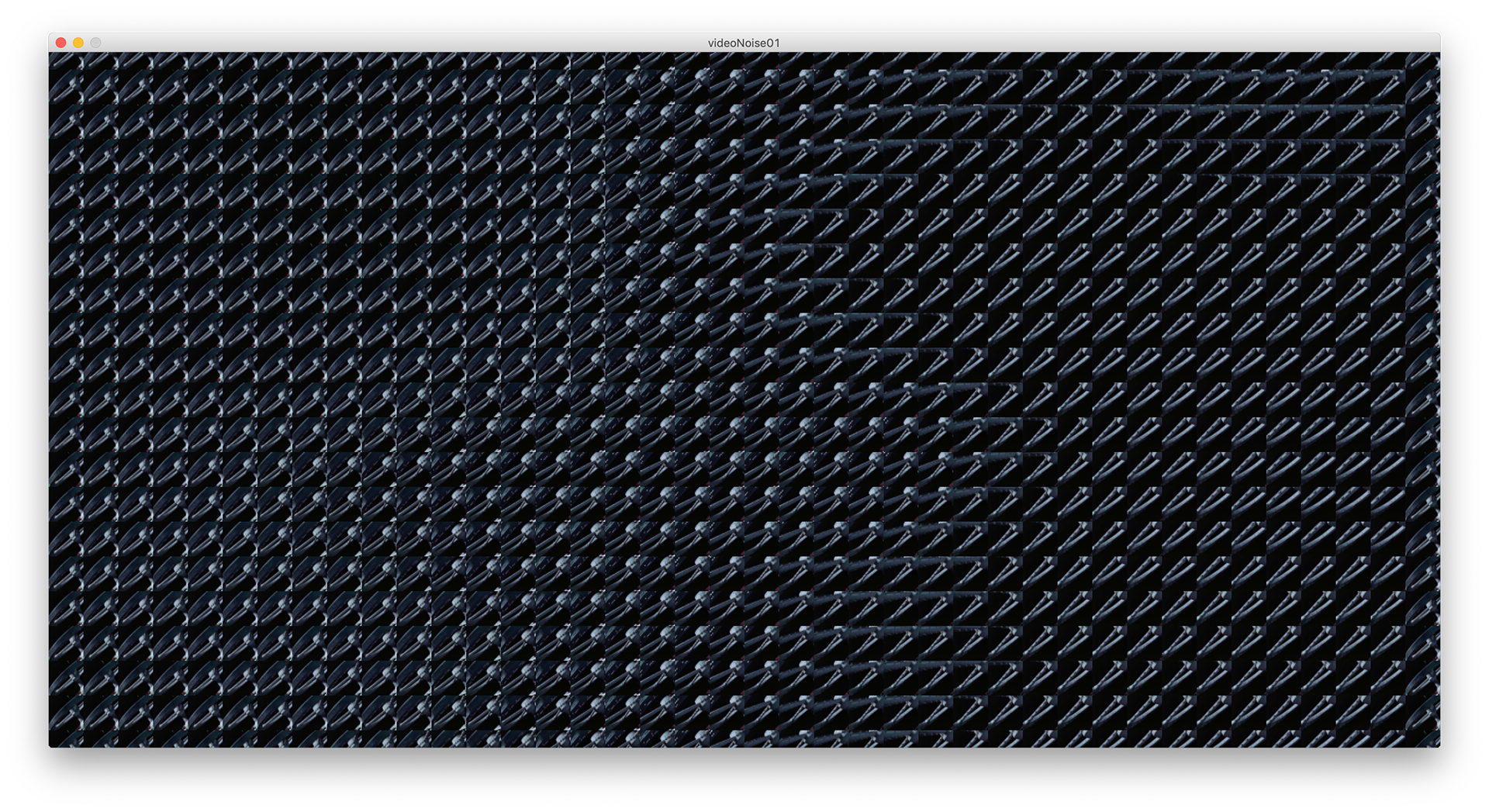

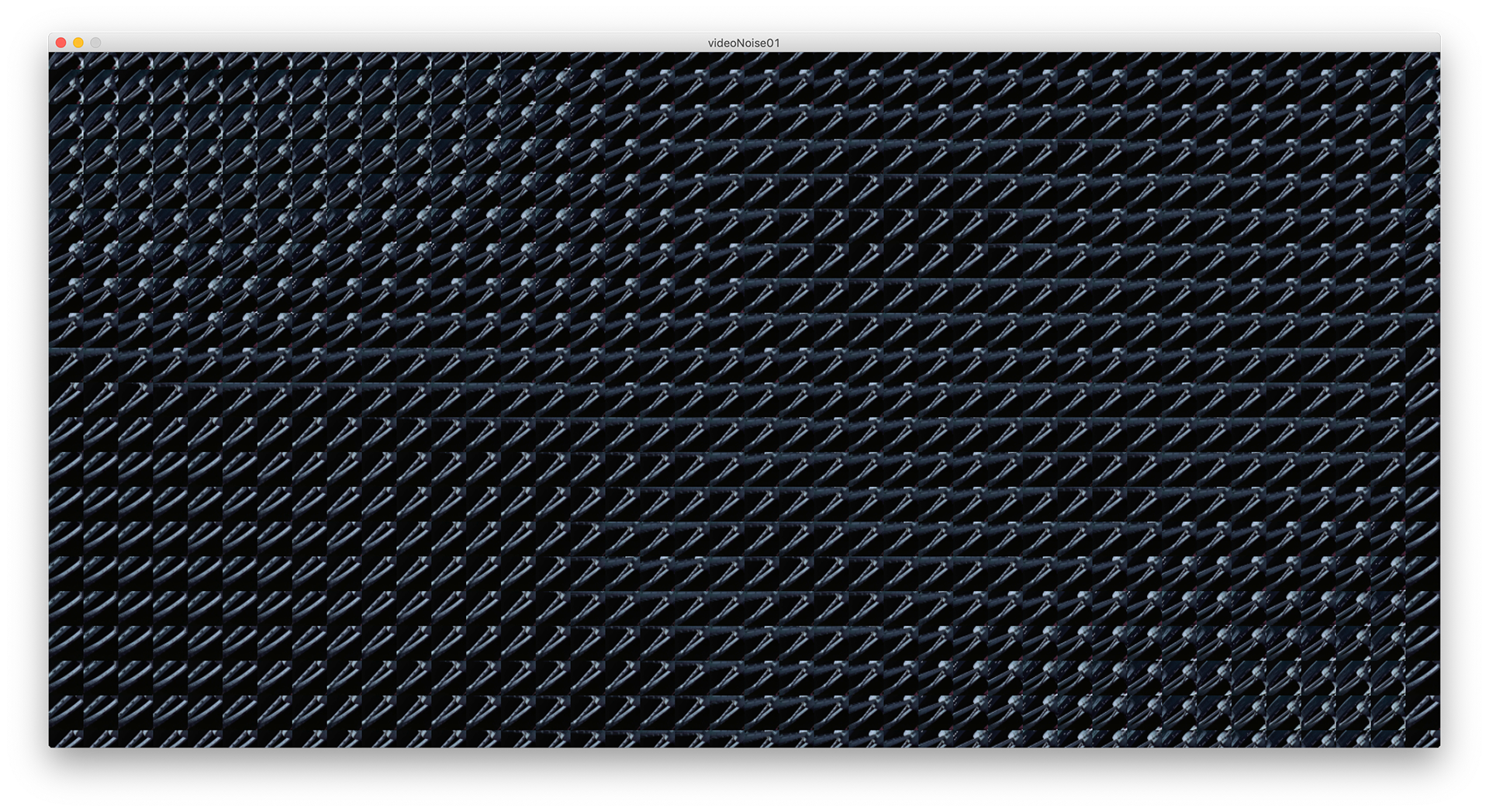
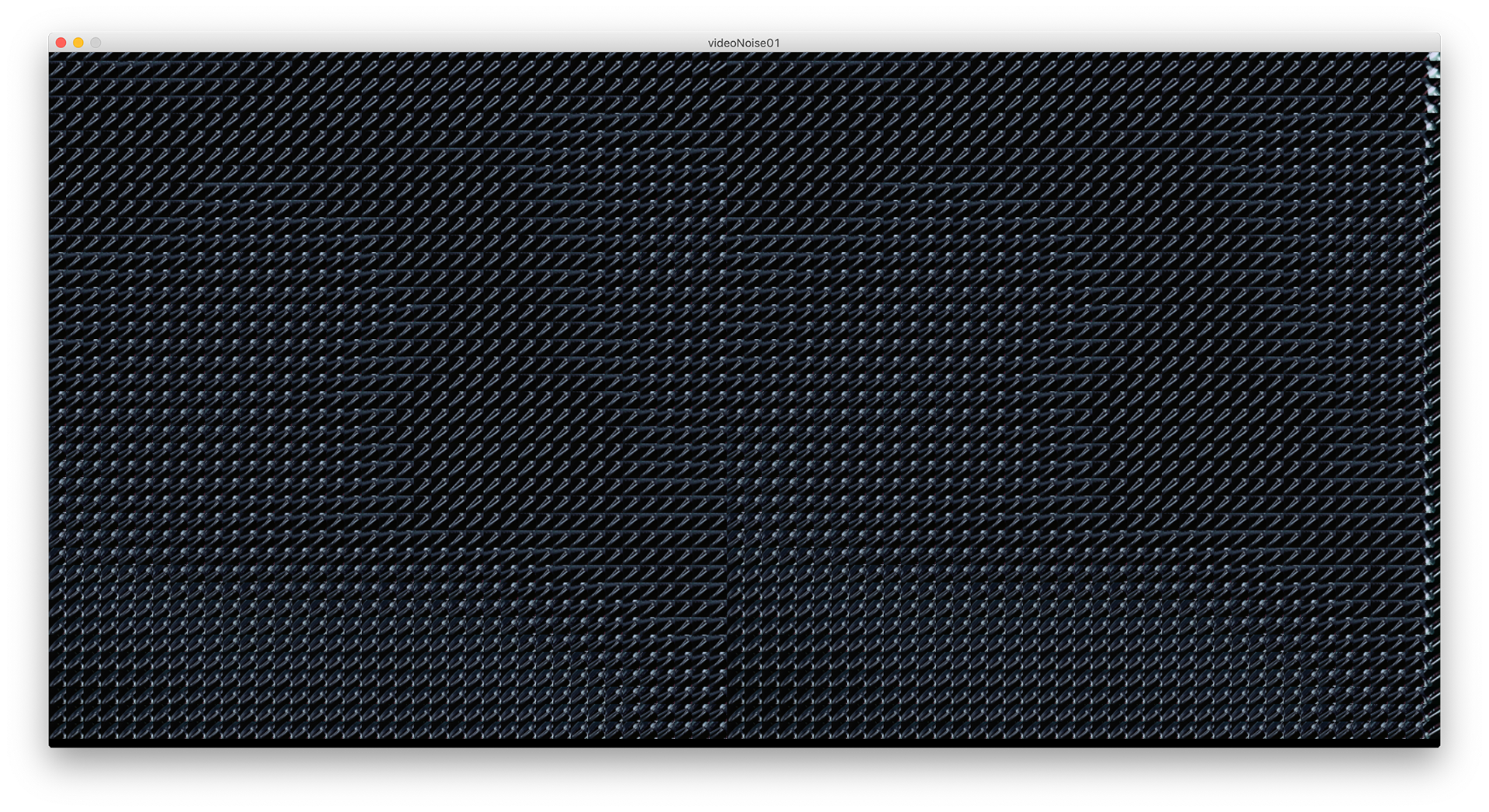
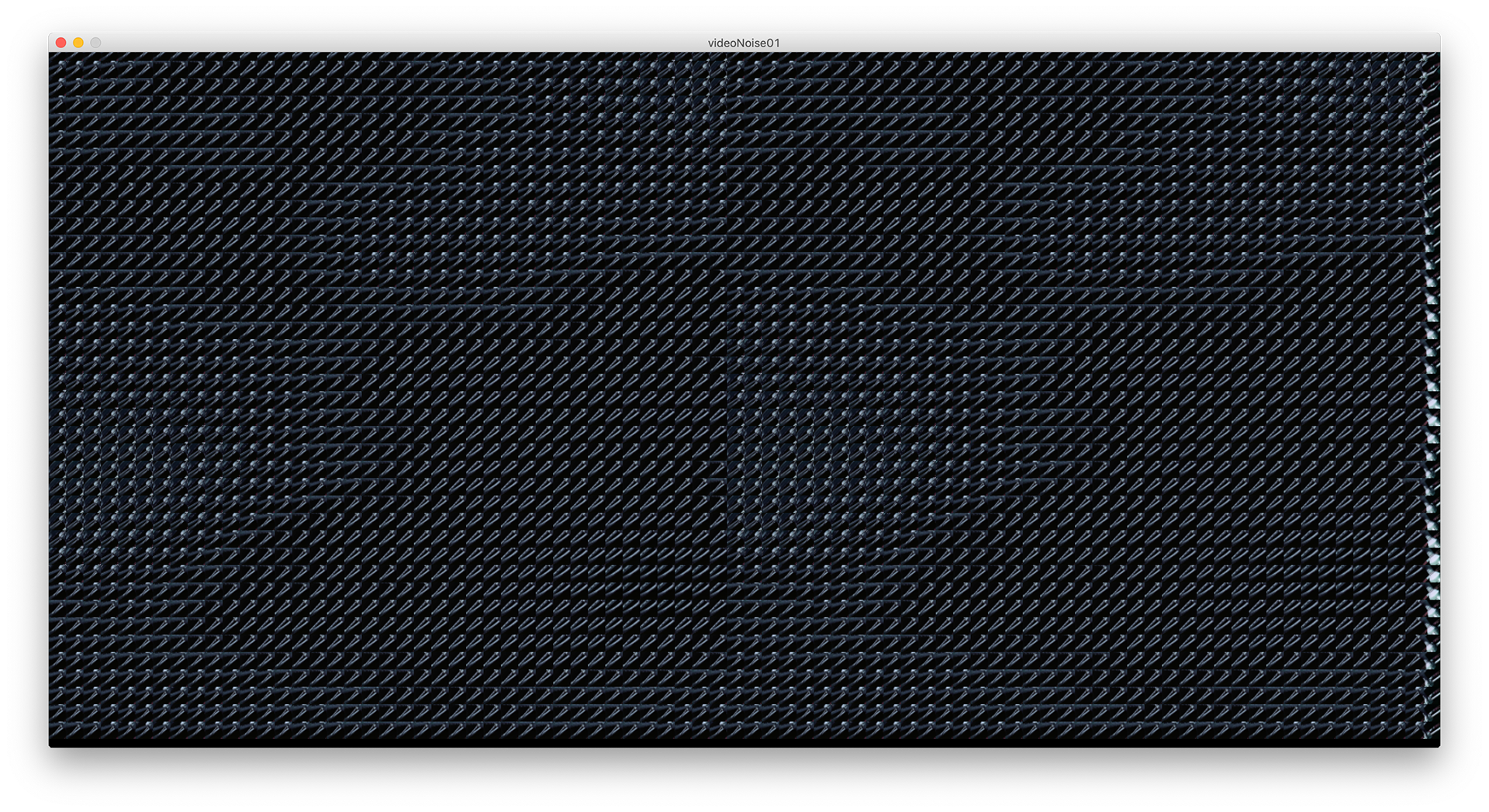
The correlation between this and the time displacement technique is not lost. They both deal with very similar approaches to viewing time at once.
We see scattered representations of the original versions that are stripped of sound. We are solely left to focus on these visuals for an extended period.
Cinema is the means to view a past moment and relive it, so I am not surprised by the need we have to dismantle and break it down to its most fundamental self.

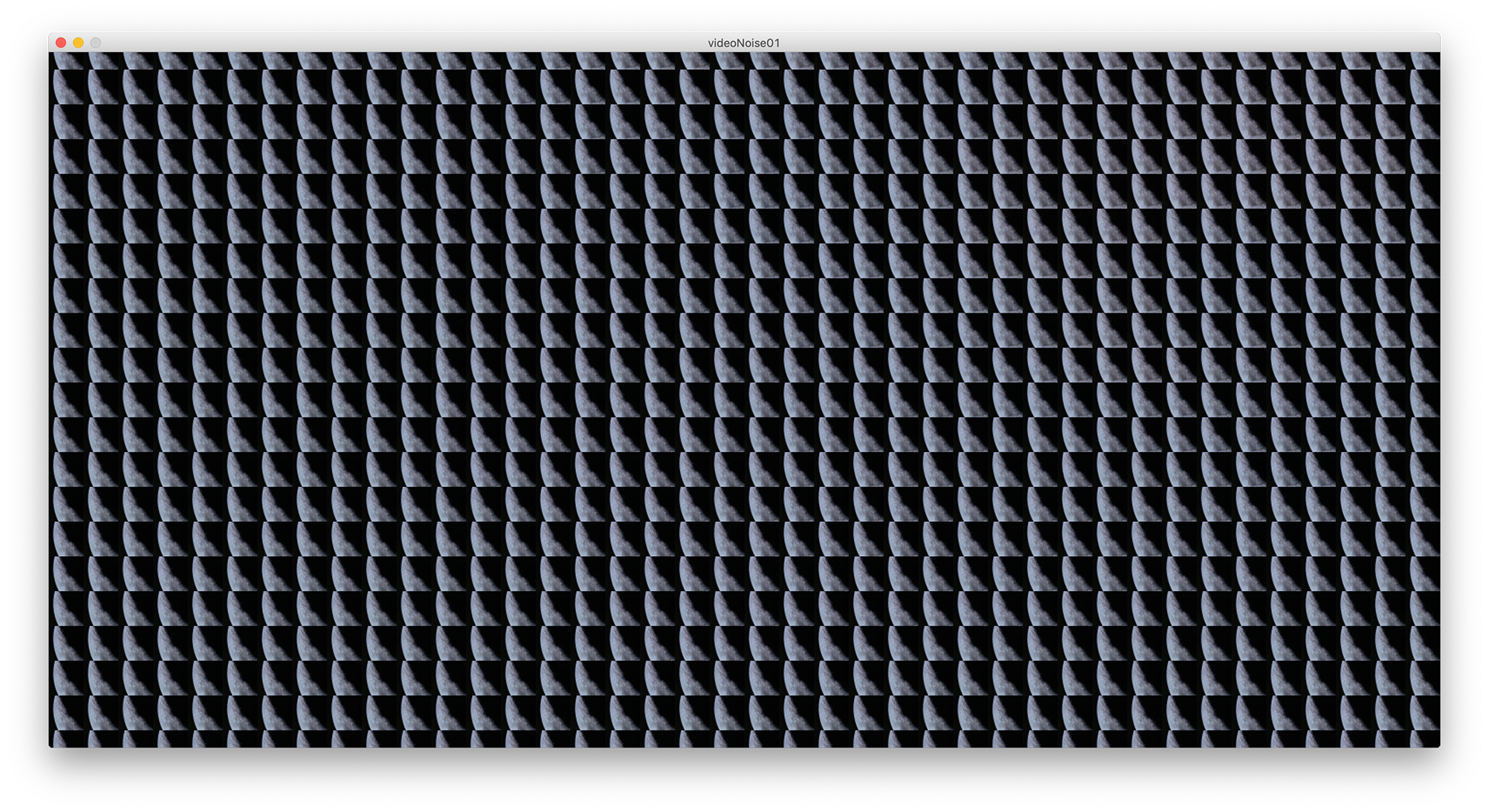
These seas of grids, when zoomed out as so below, represent mosaics of an event in no particular order.
Once subtle changes become amplified, we are to consider the composition and change within these frames more freely. We have the ability to see more all at once.



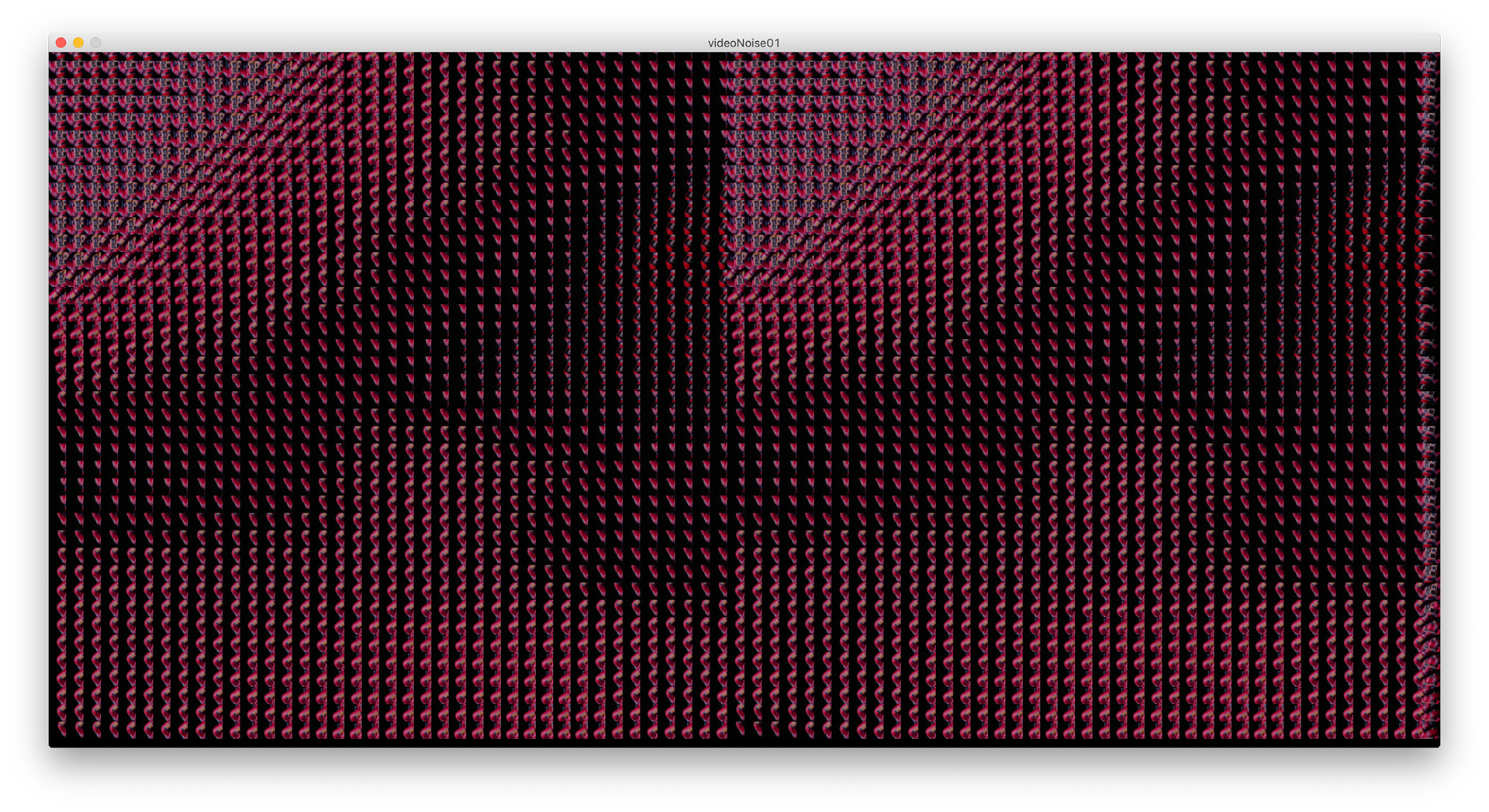
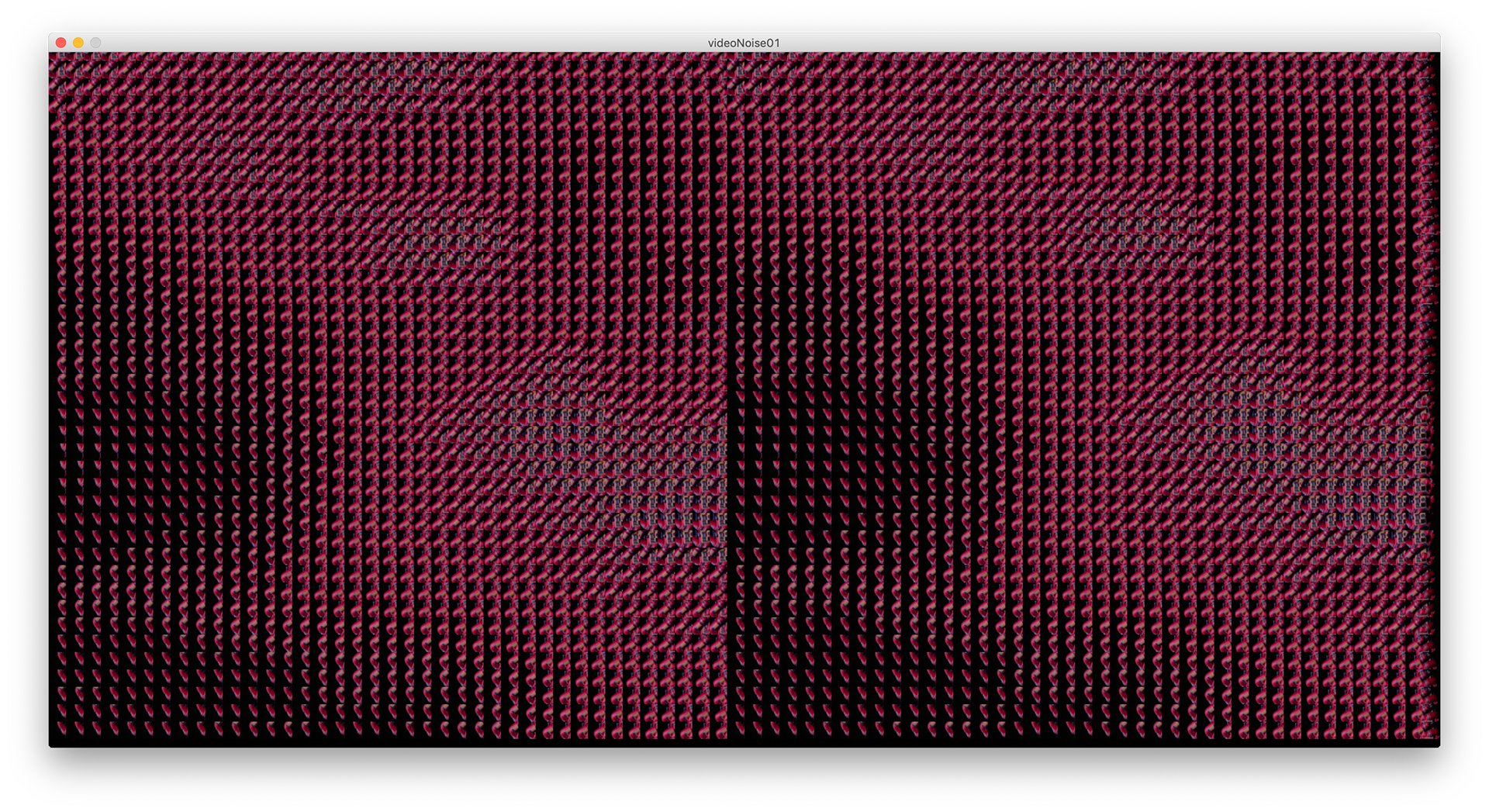
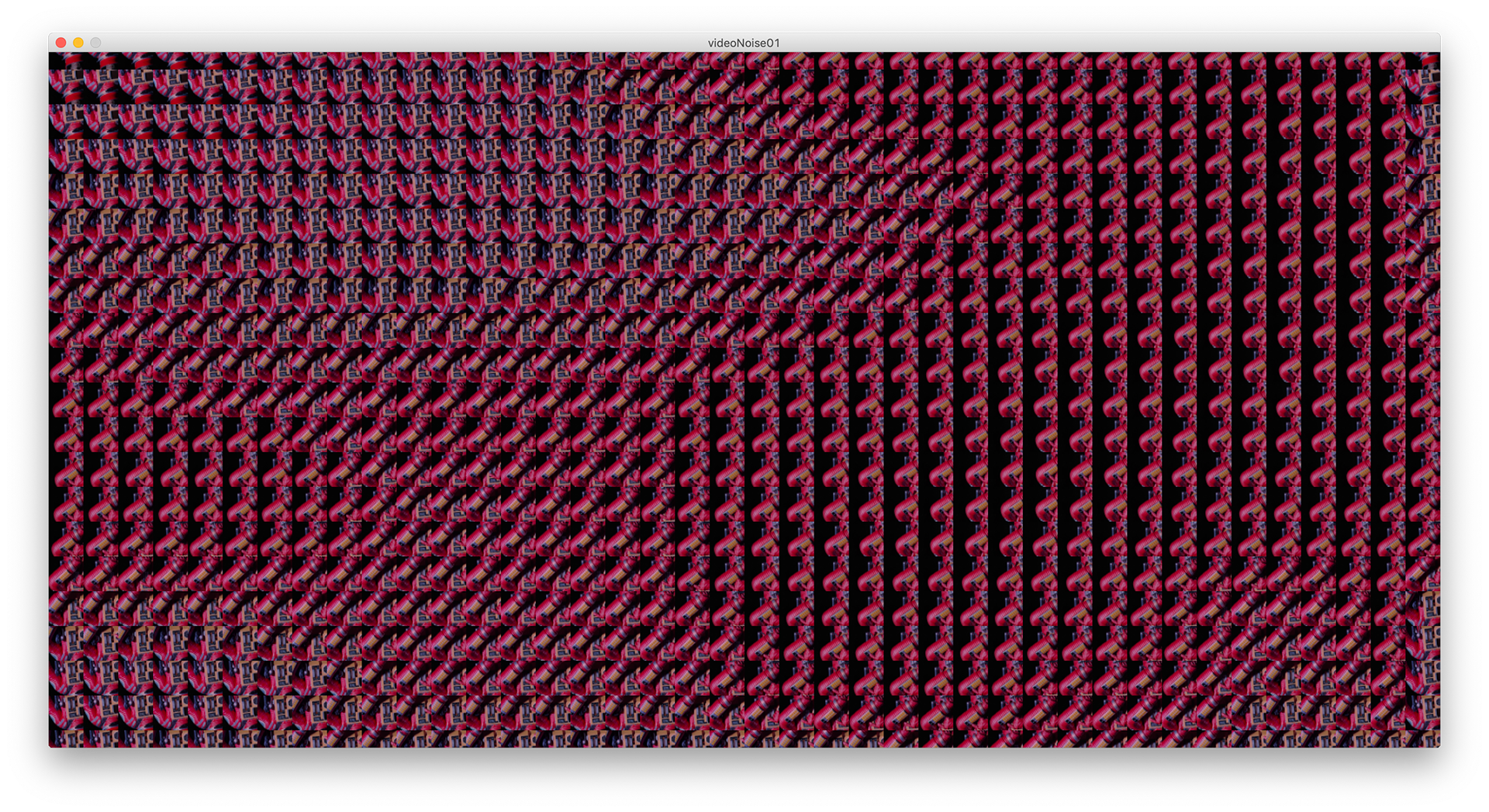
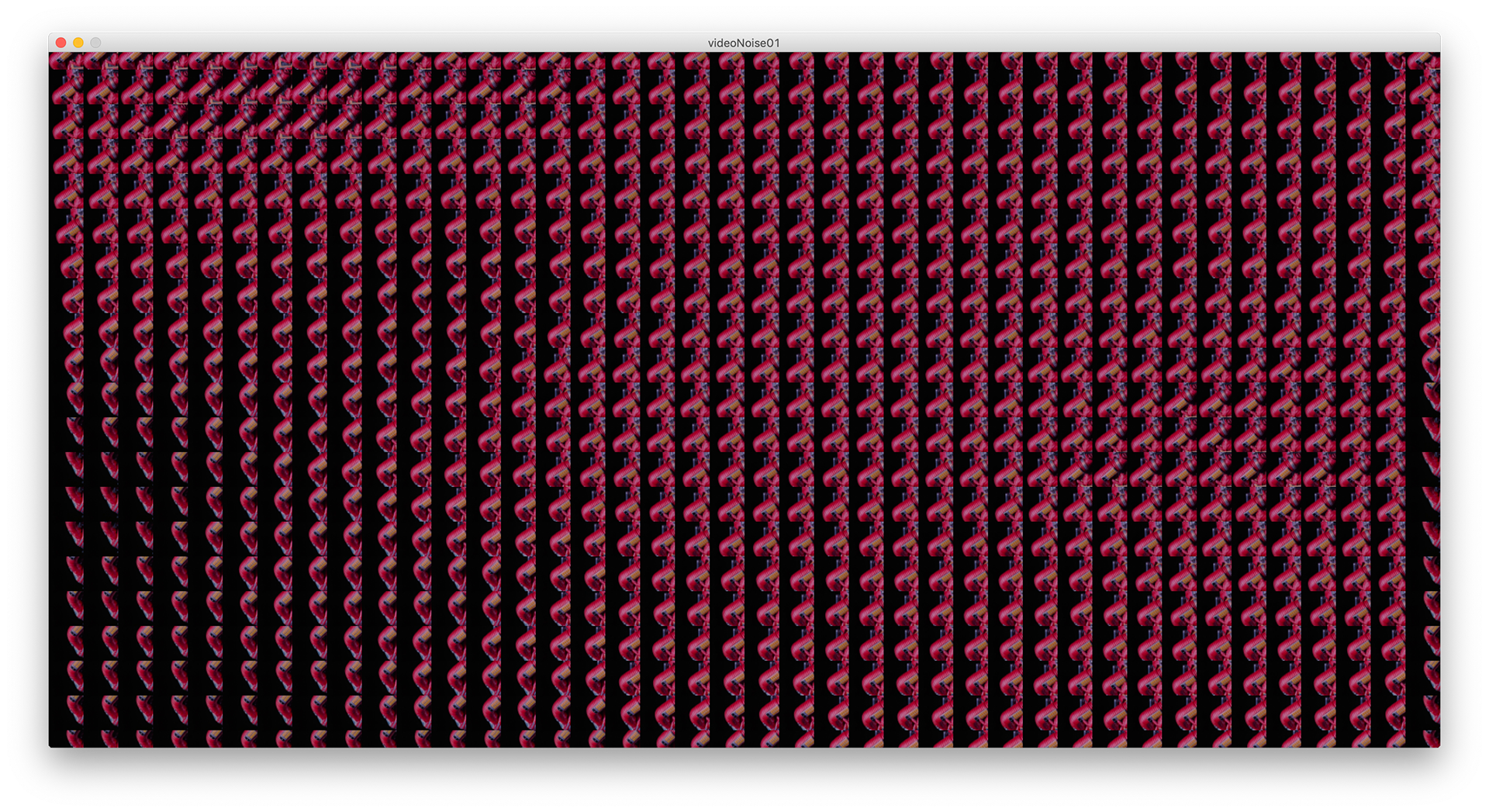
The recontextualisation of these works results in a new interest in the media on its own. I found myself wanting to rewatch these films I was analysing as I began to notice things I had overlooked.
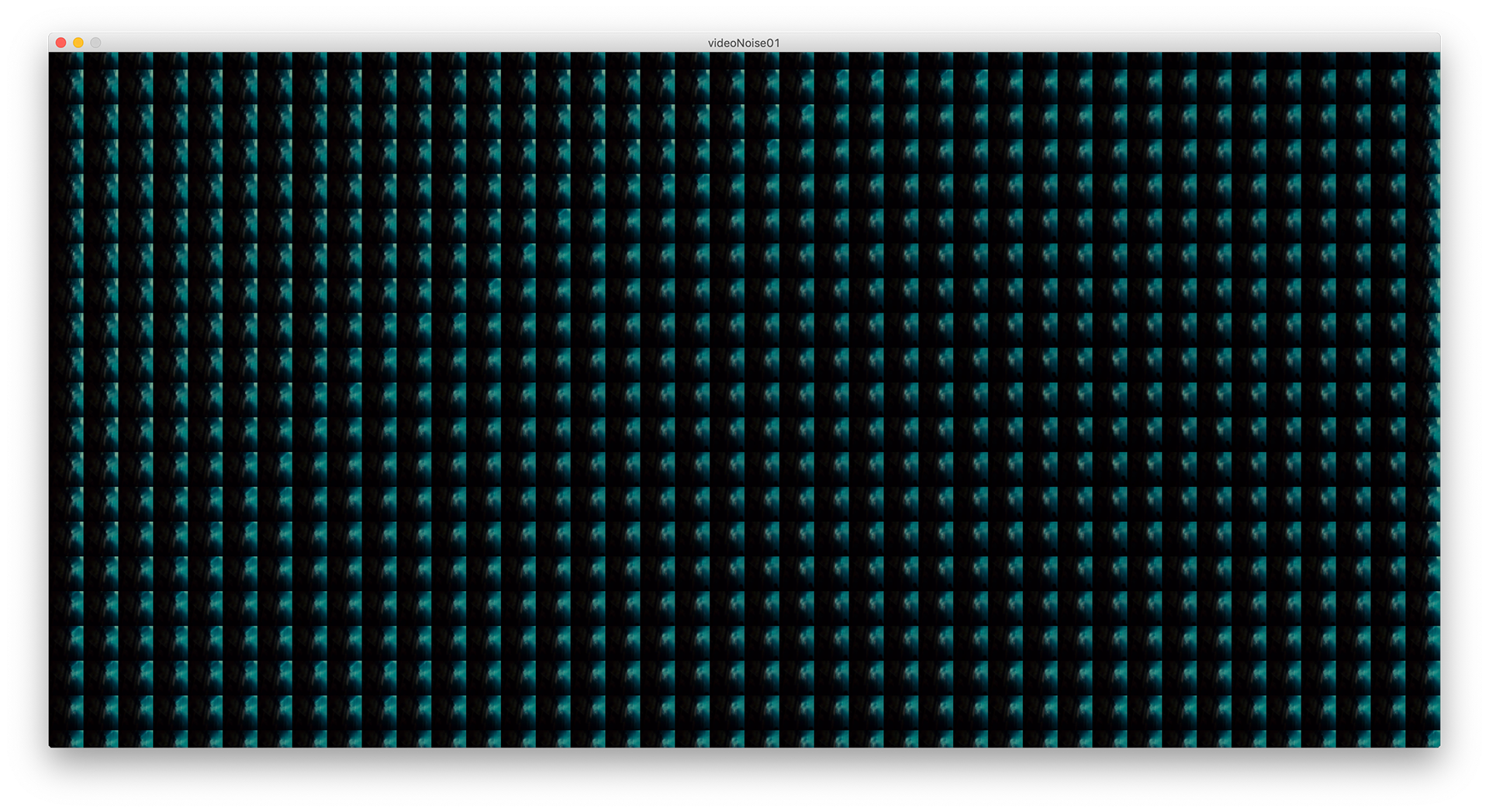
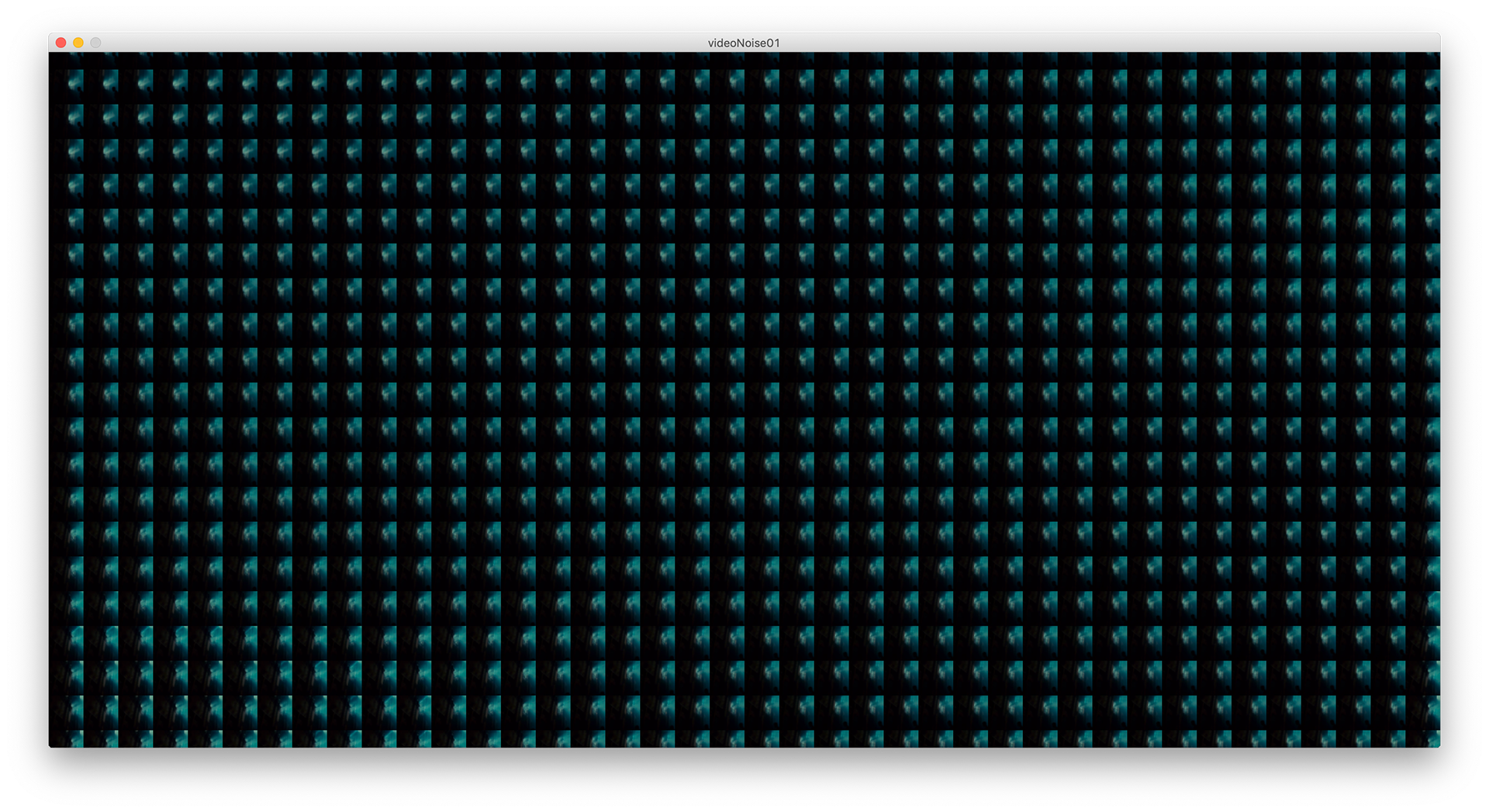

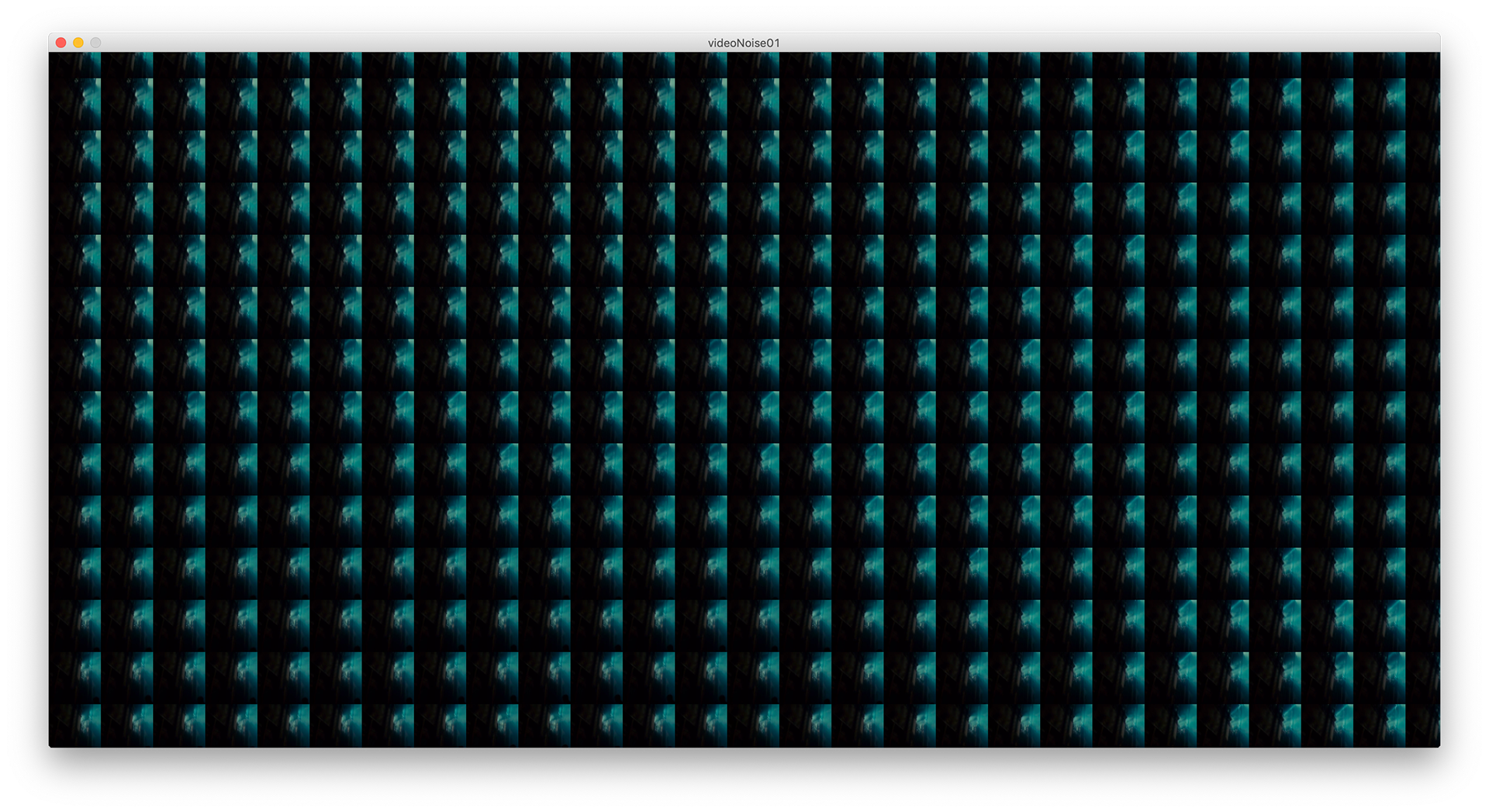
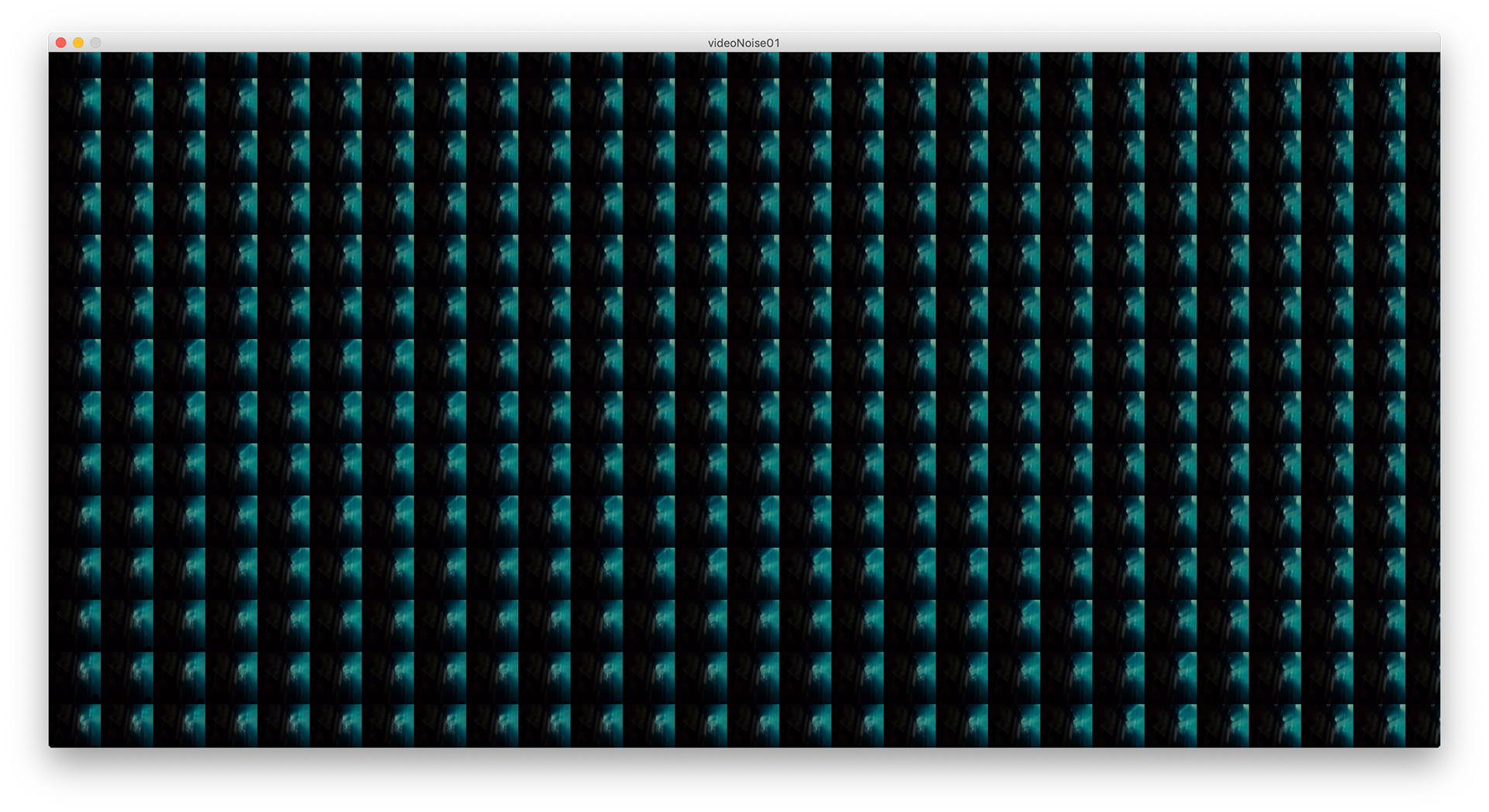

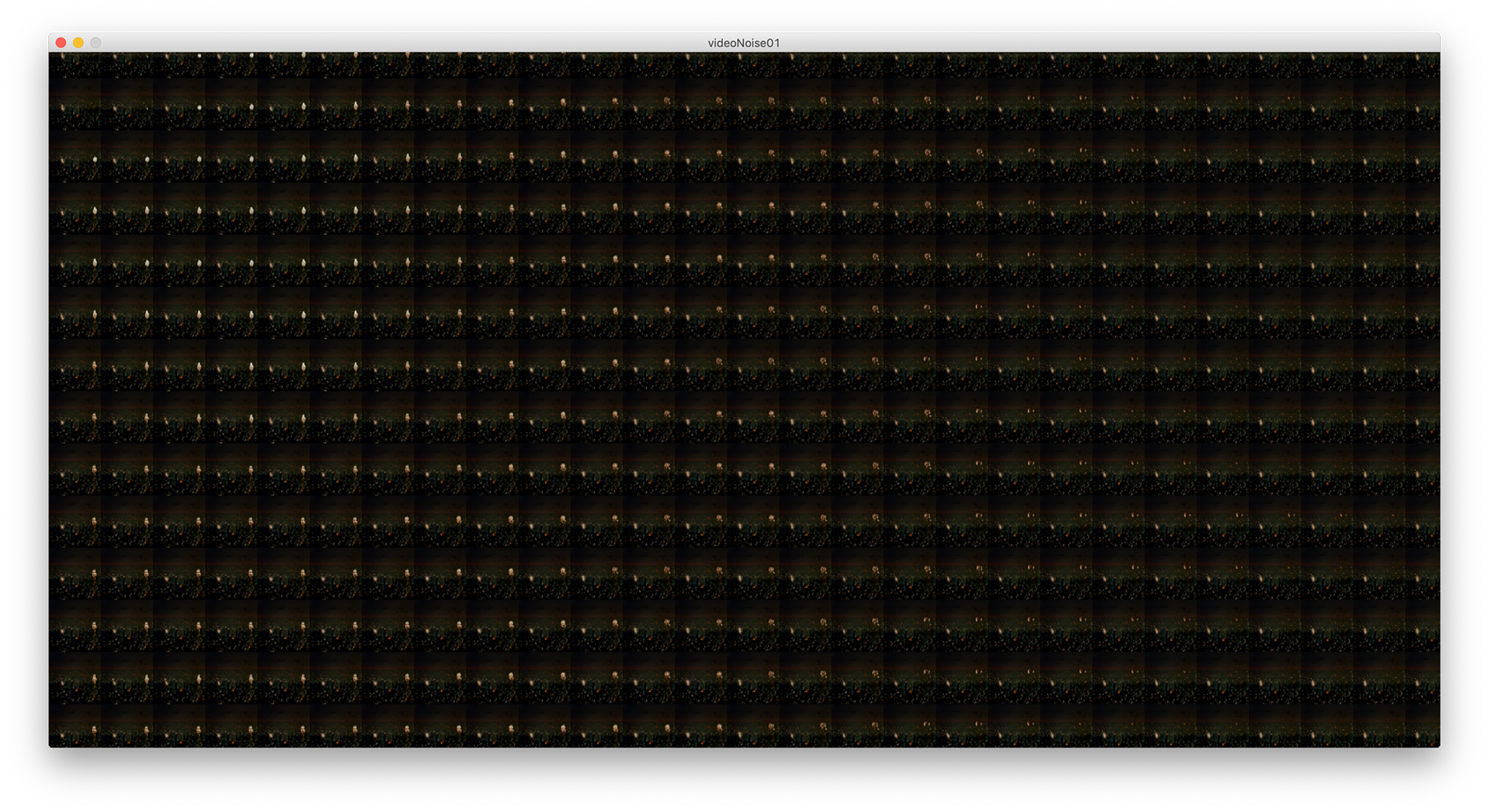
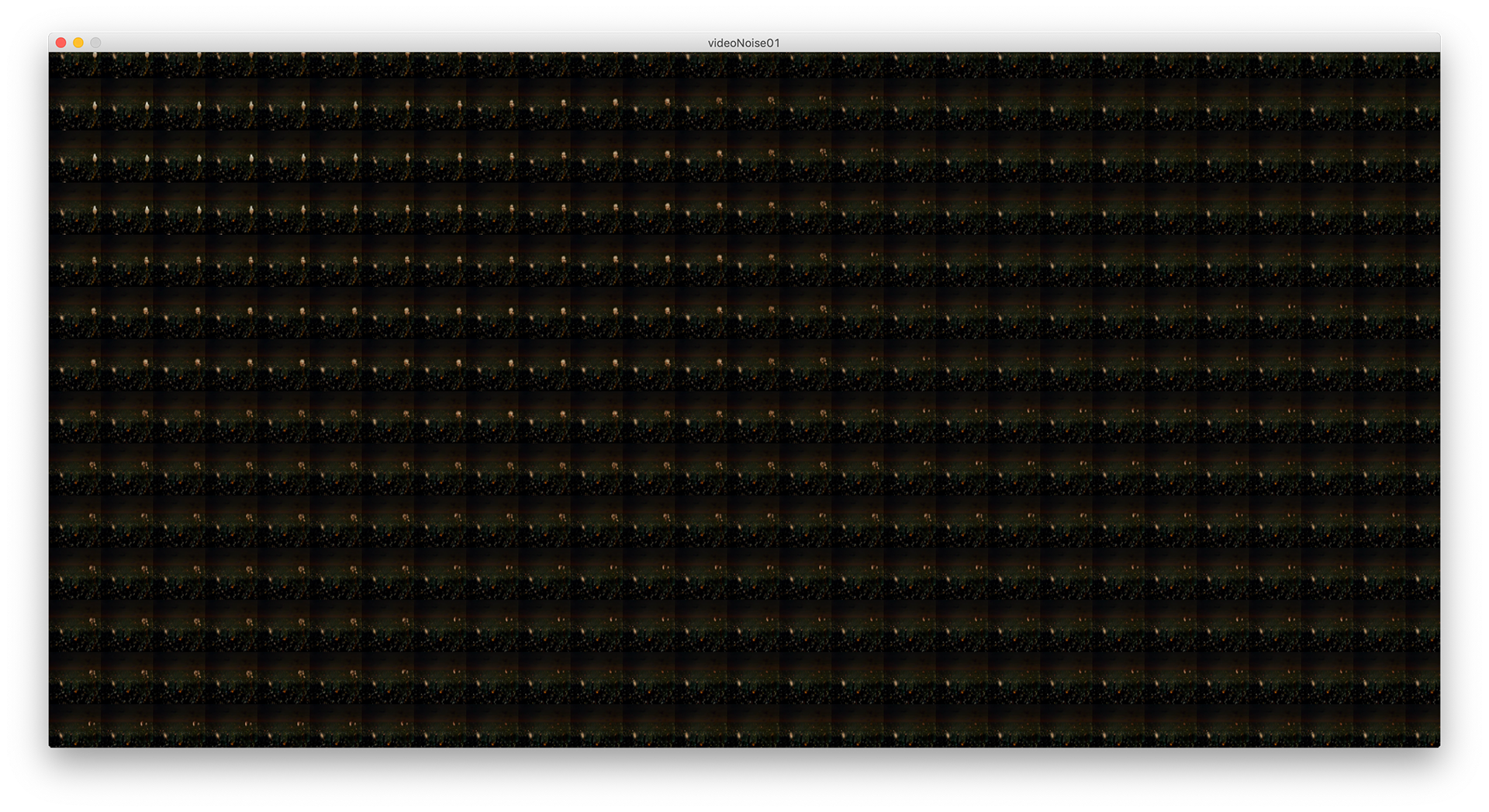

The scene portrayed below is Rachel and Deckard's first meeting in Blade Runner. The scene itself is tense and uncovers realisations of the direction of the narrative. Rather than cutting from camera to camera throughout this scene, the changes are blended together to symbolise the passage of time as a montage of sorts without the silly cliched angle.
The colour and contrast variation in this example is one of my favourites and highlights these blended moments.


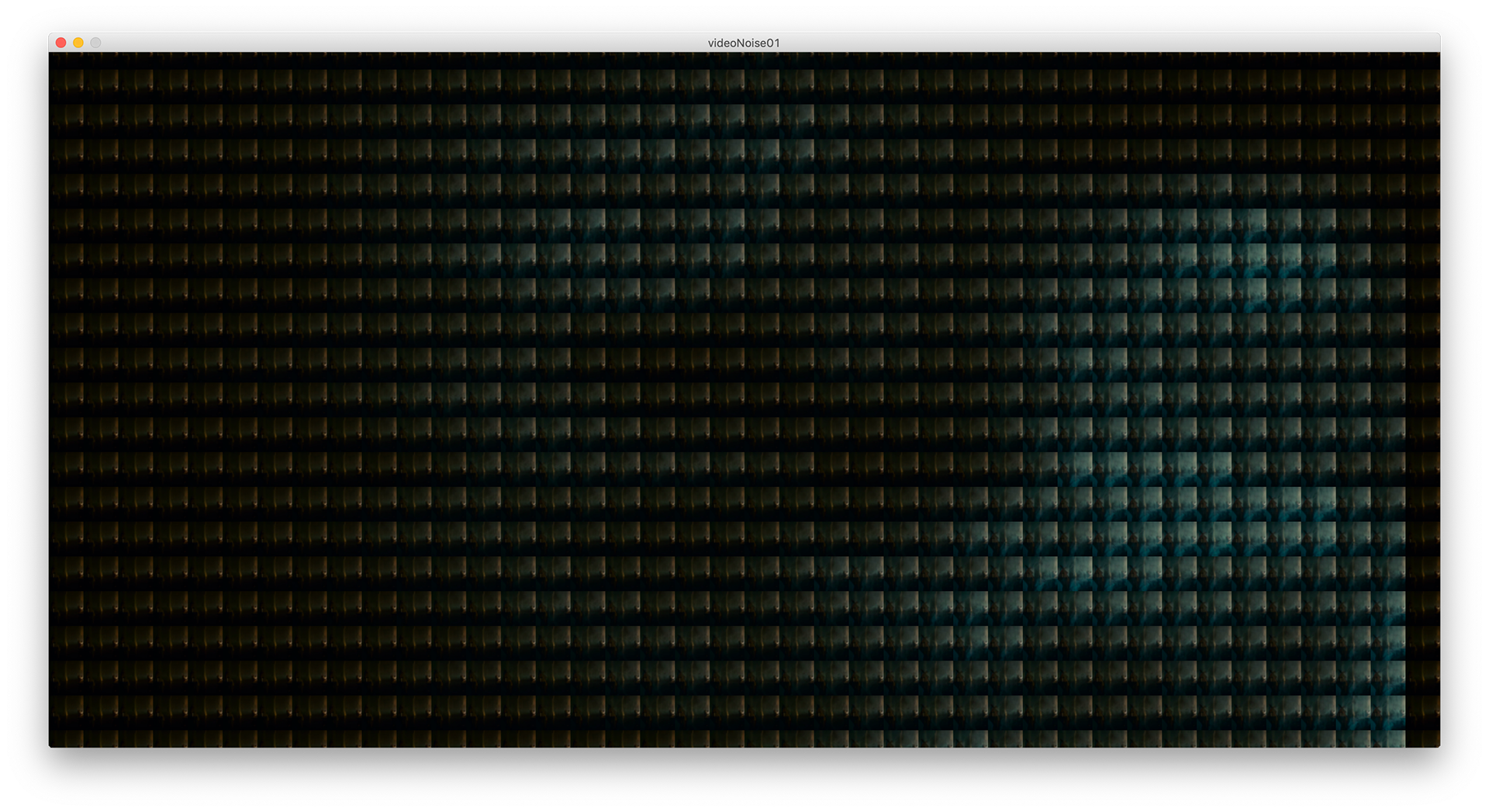
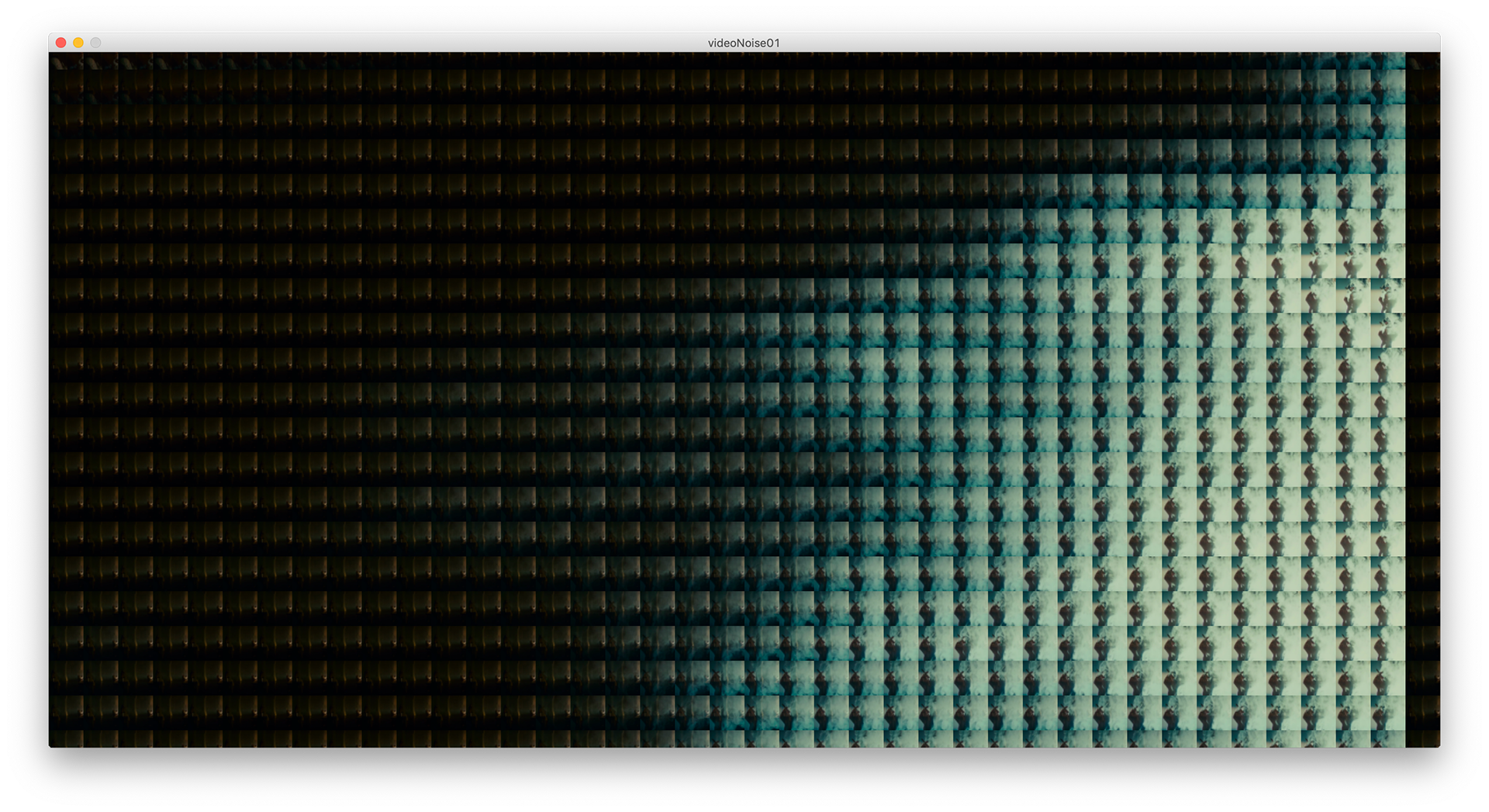

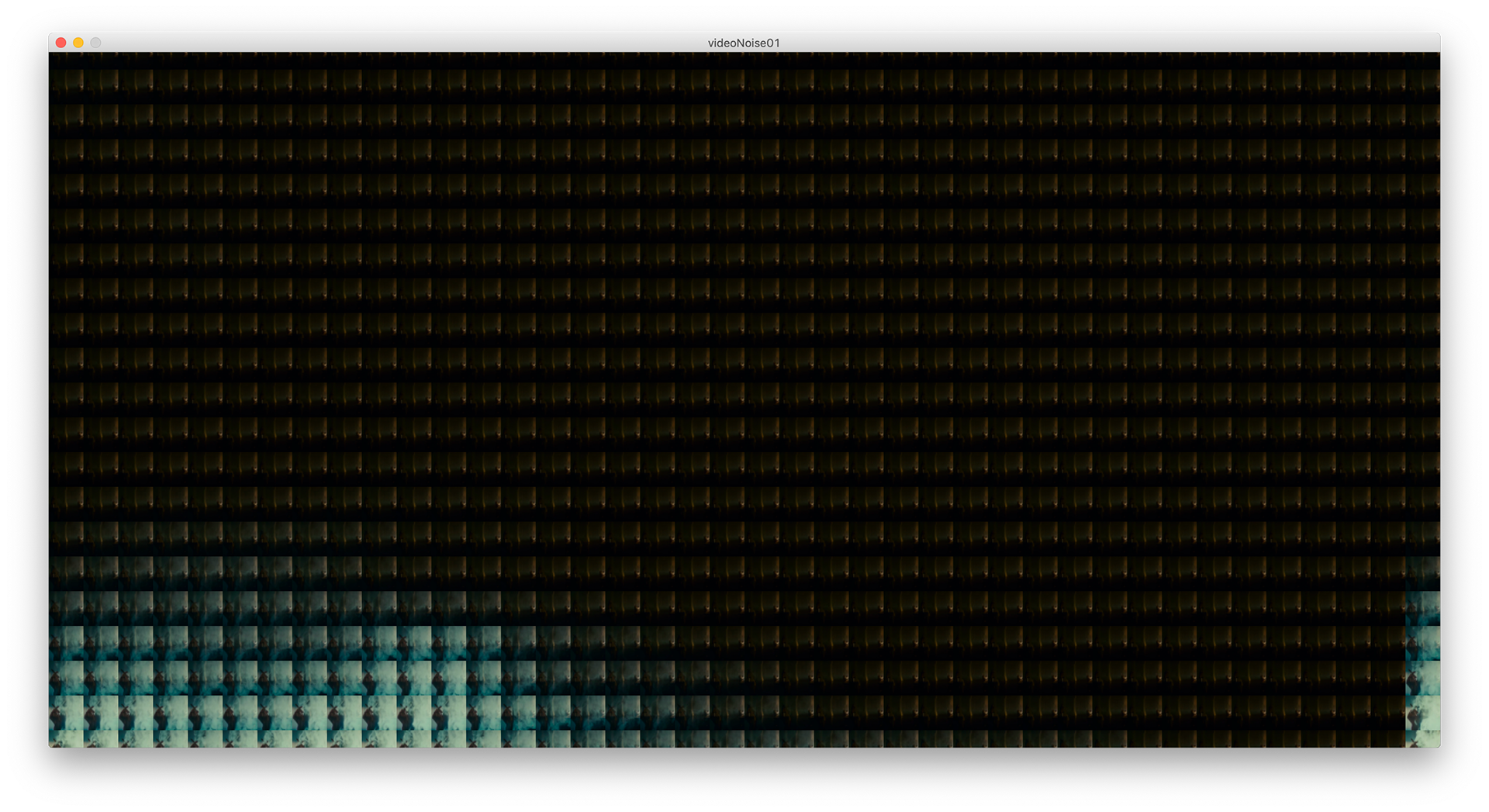
I tested with the change in camera rotation also to interpret the results; however, it was unsuccessful in its output as there wasn't enough change. It was bland and boring.
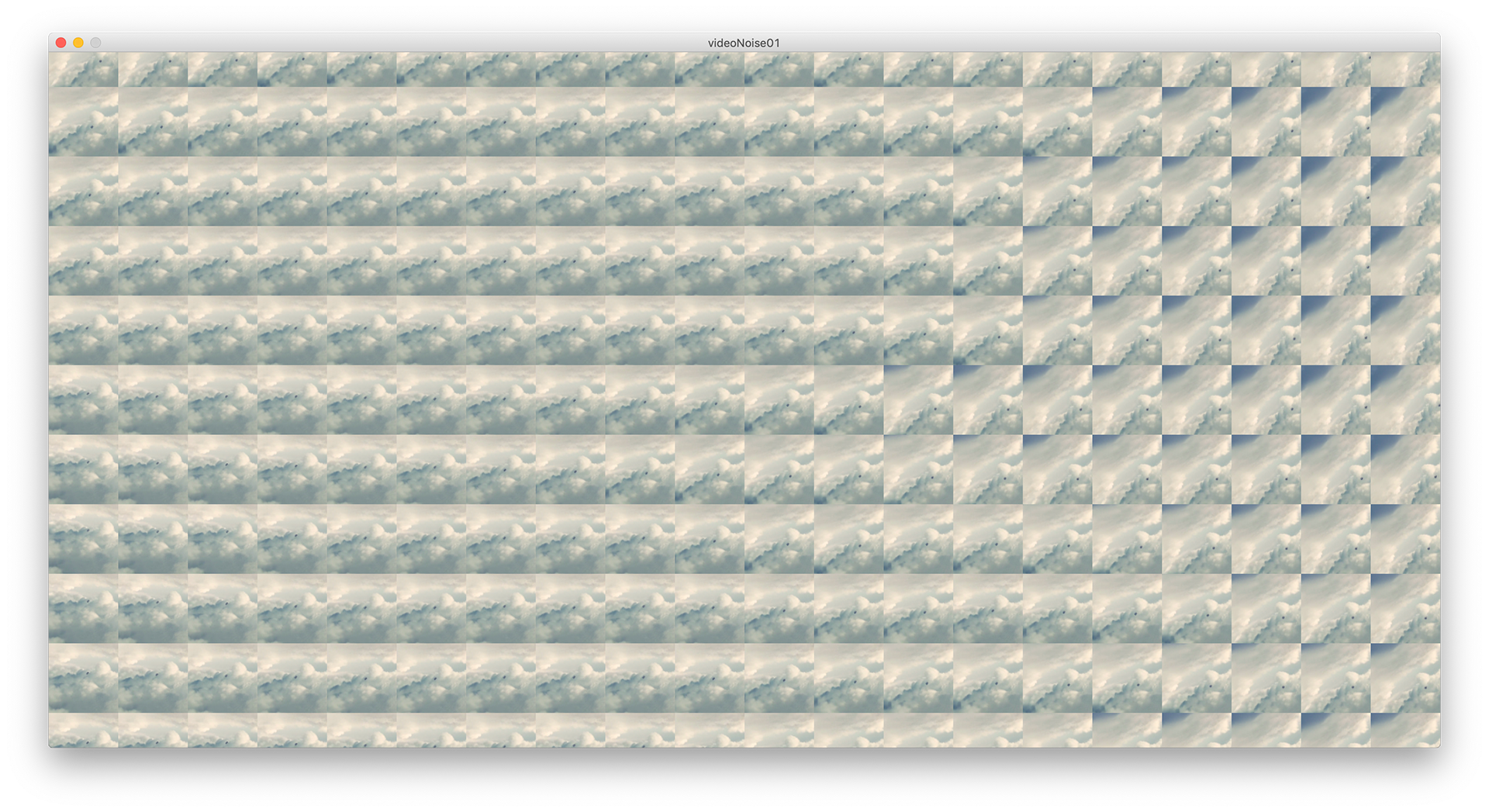

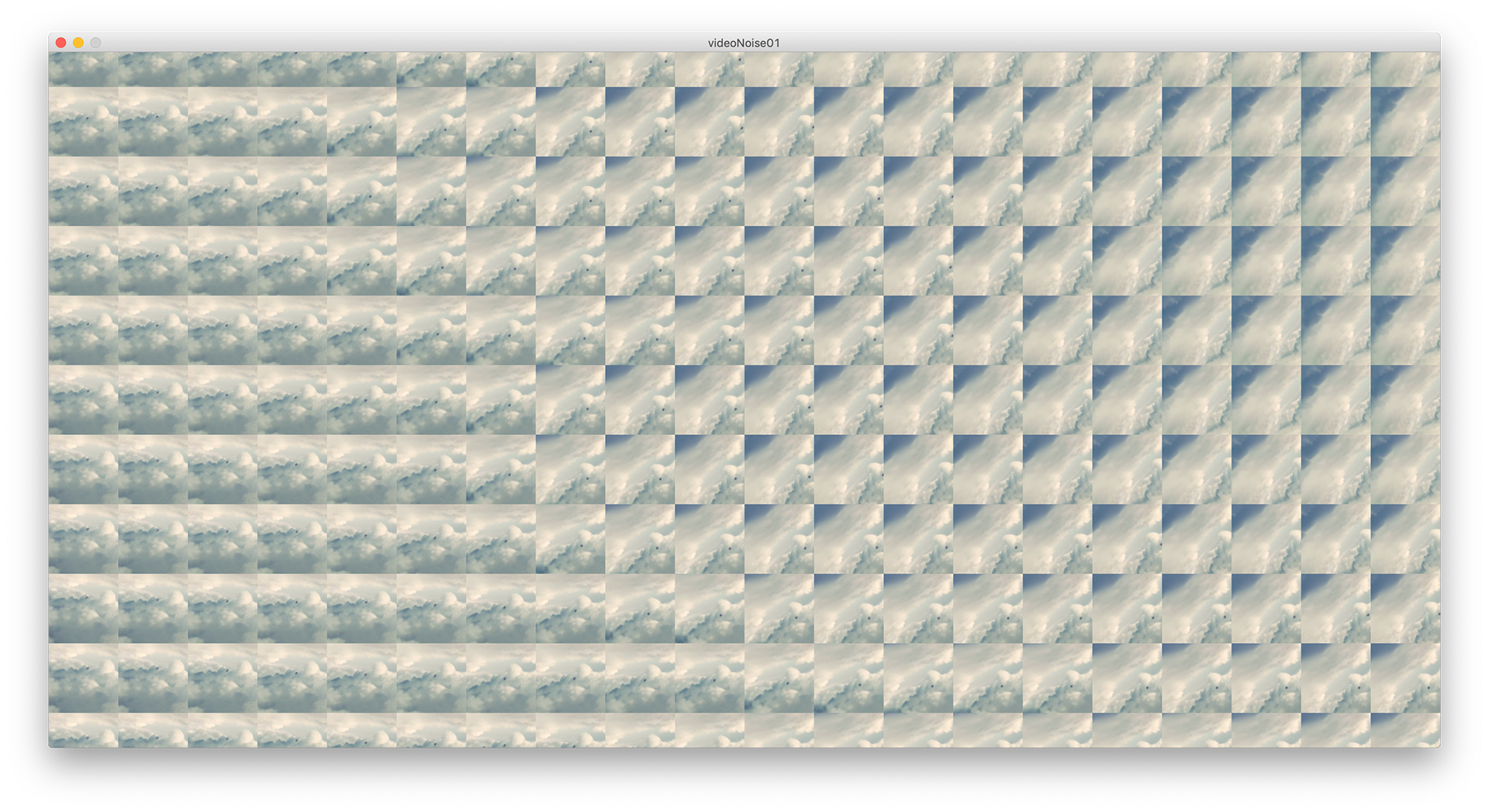
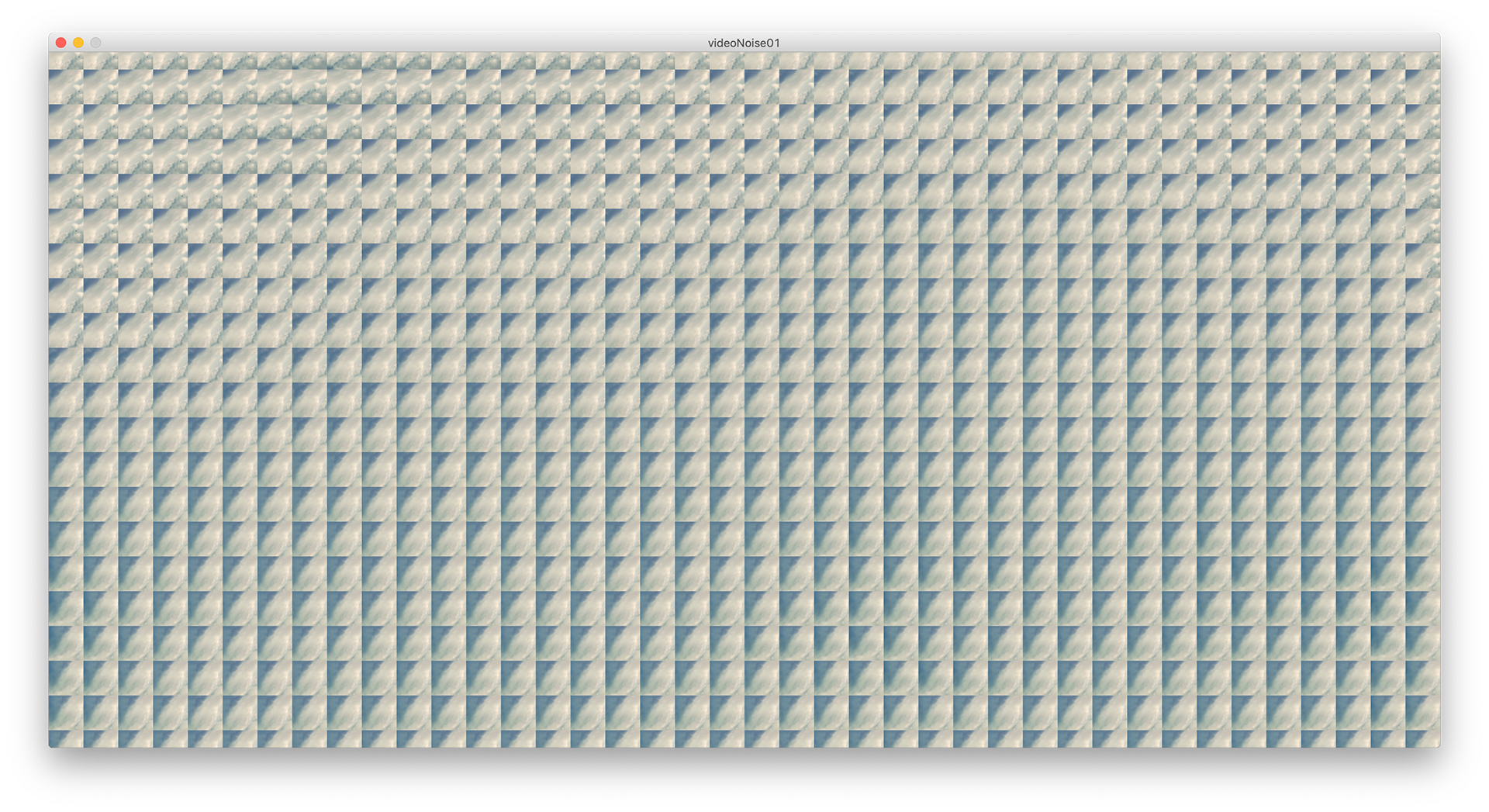
Below is one of my favourite iterations of the piece. A scene from interstellar where Coop, the protagonist, is suspended in space. It's a moment of peace in the chaos that occurred just before. Reliving this moment of peace in this format coincides with the peaceful flow, the gradients of colour and position creating a beautiful representation.
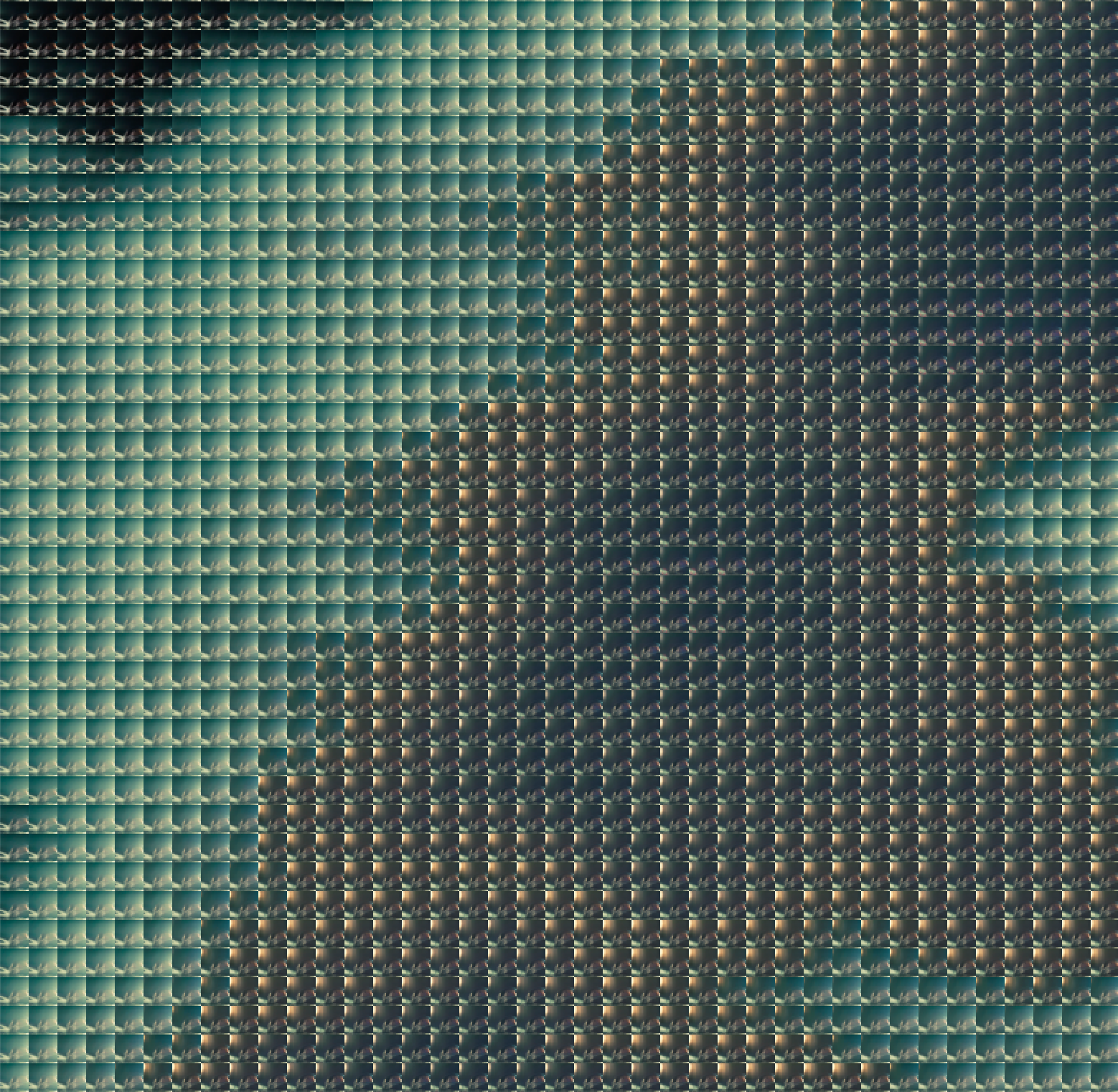
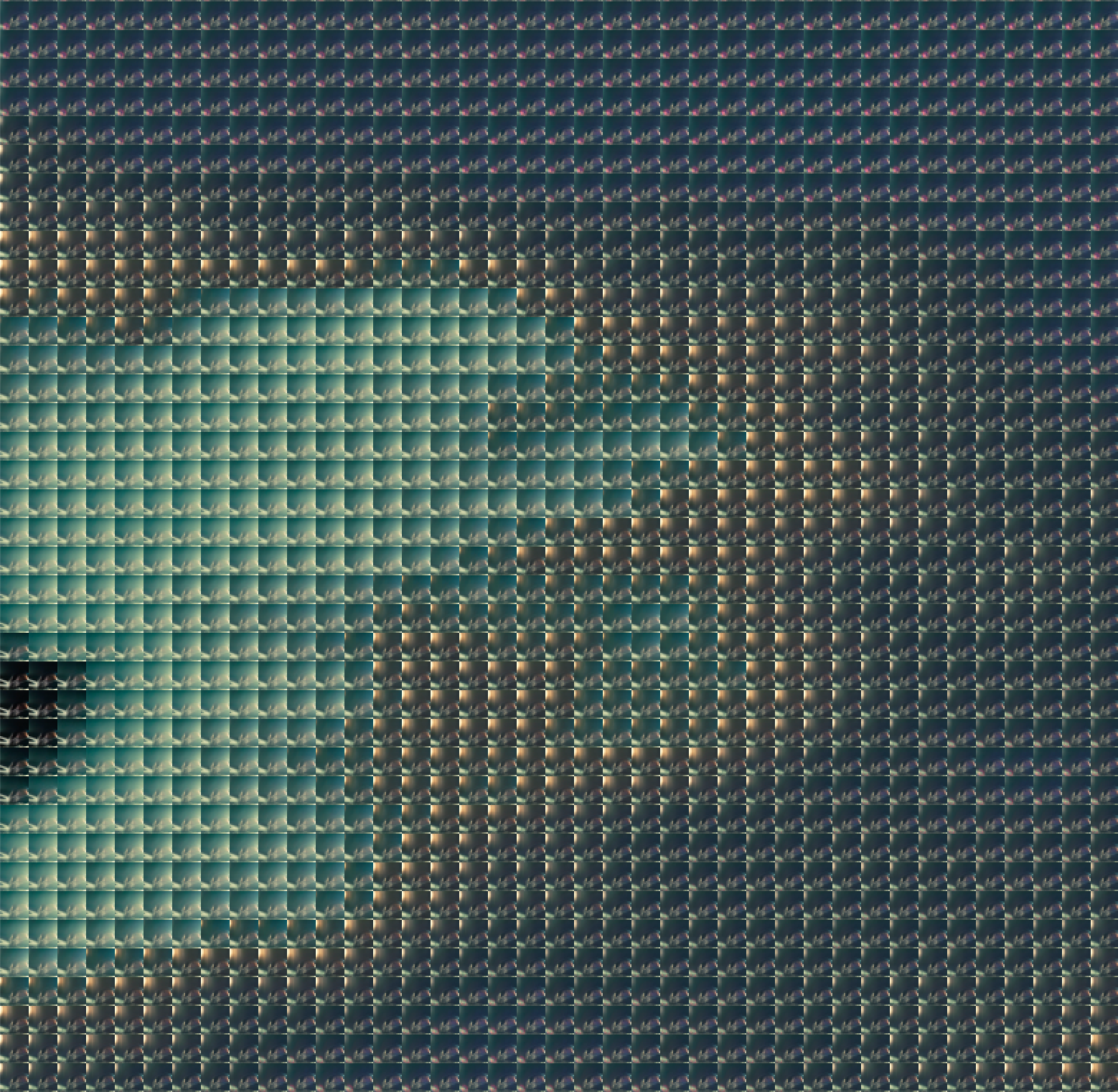
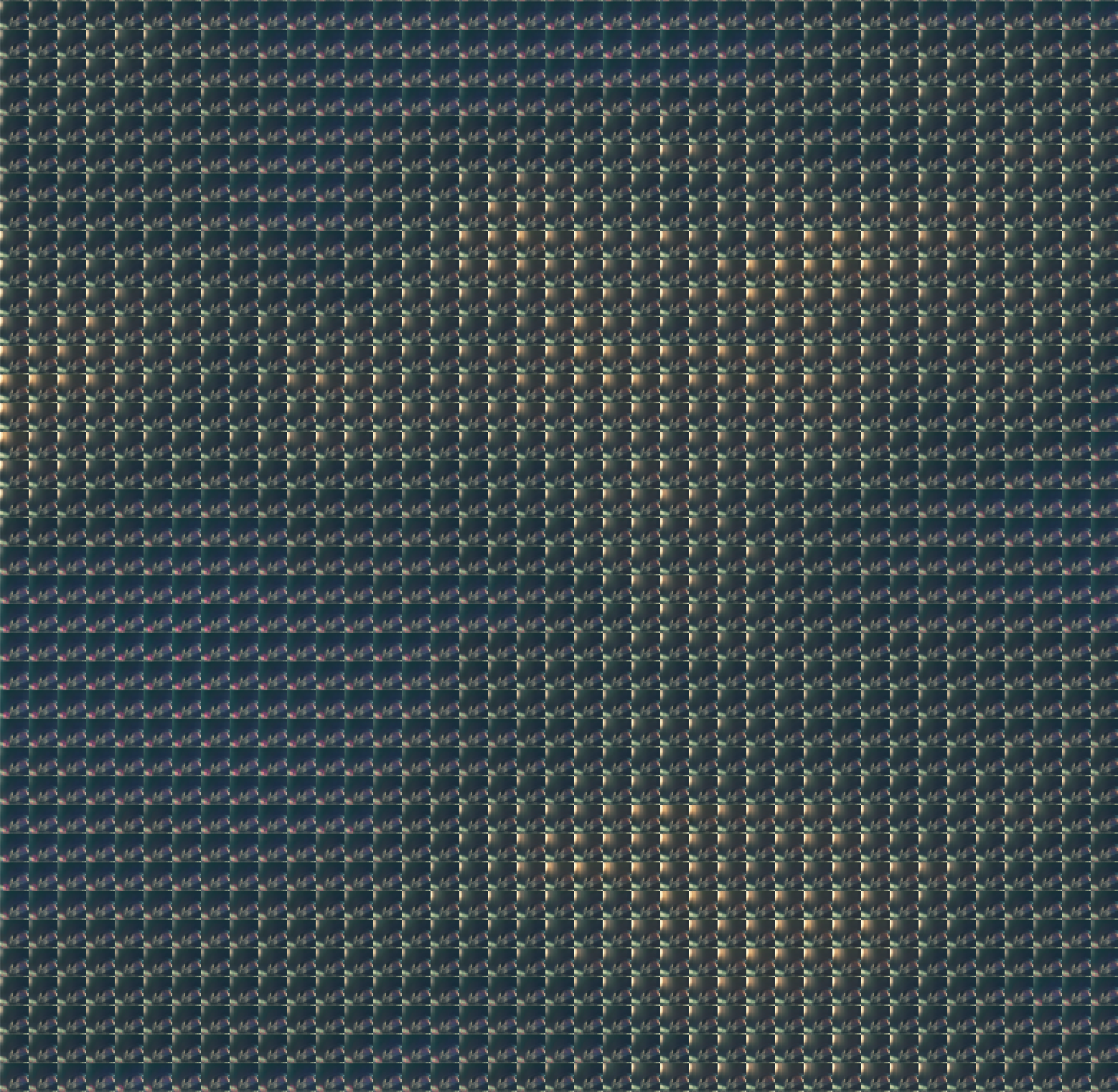

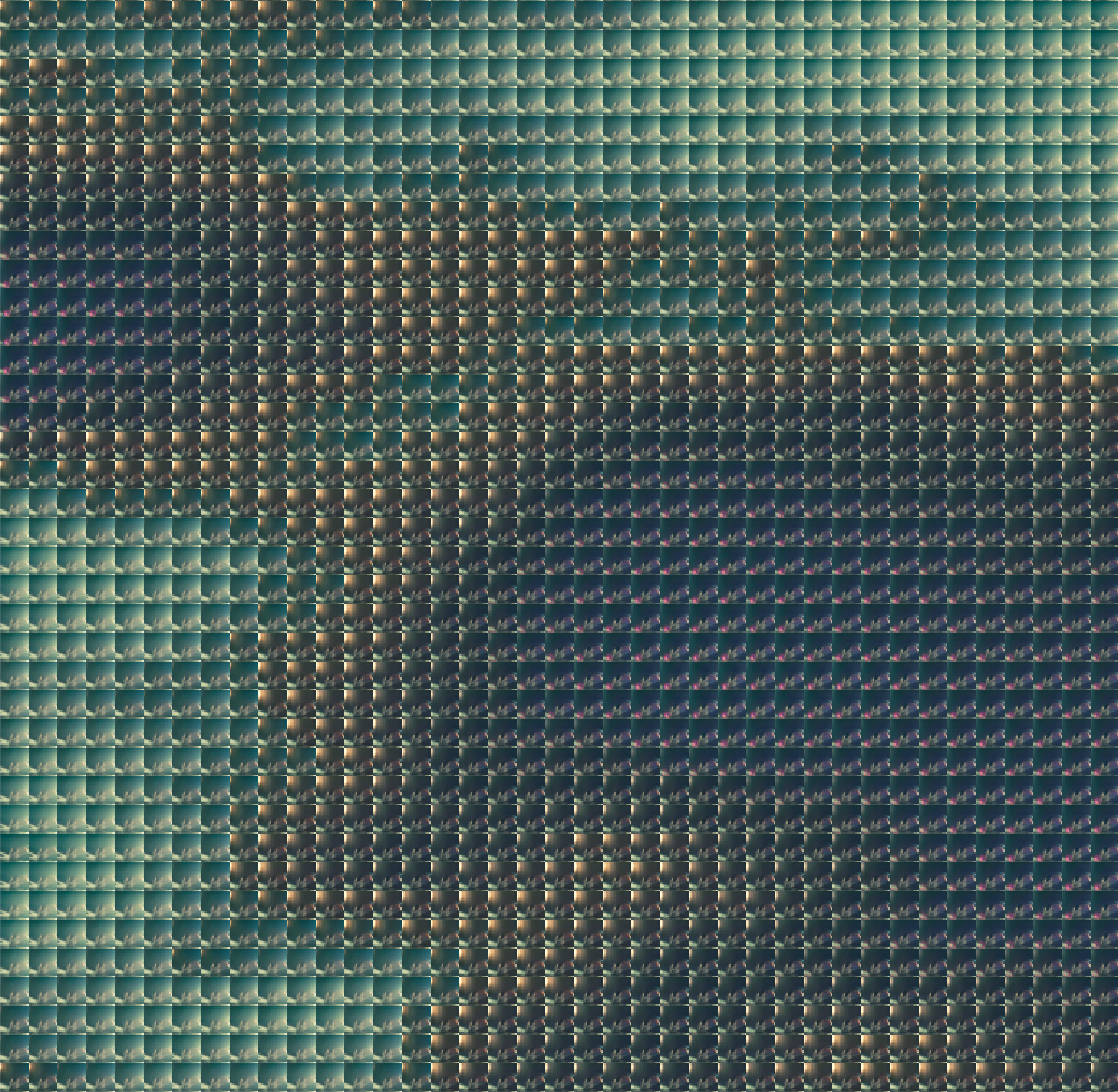
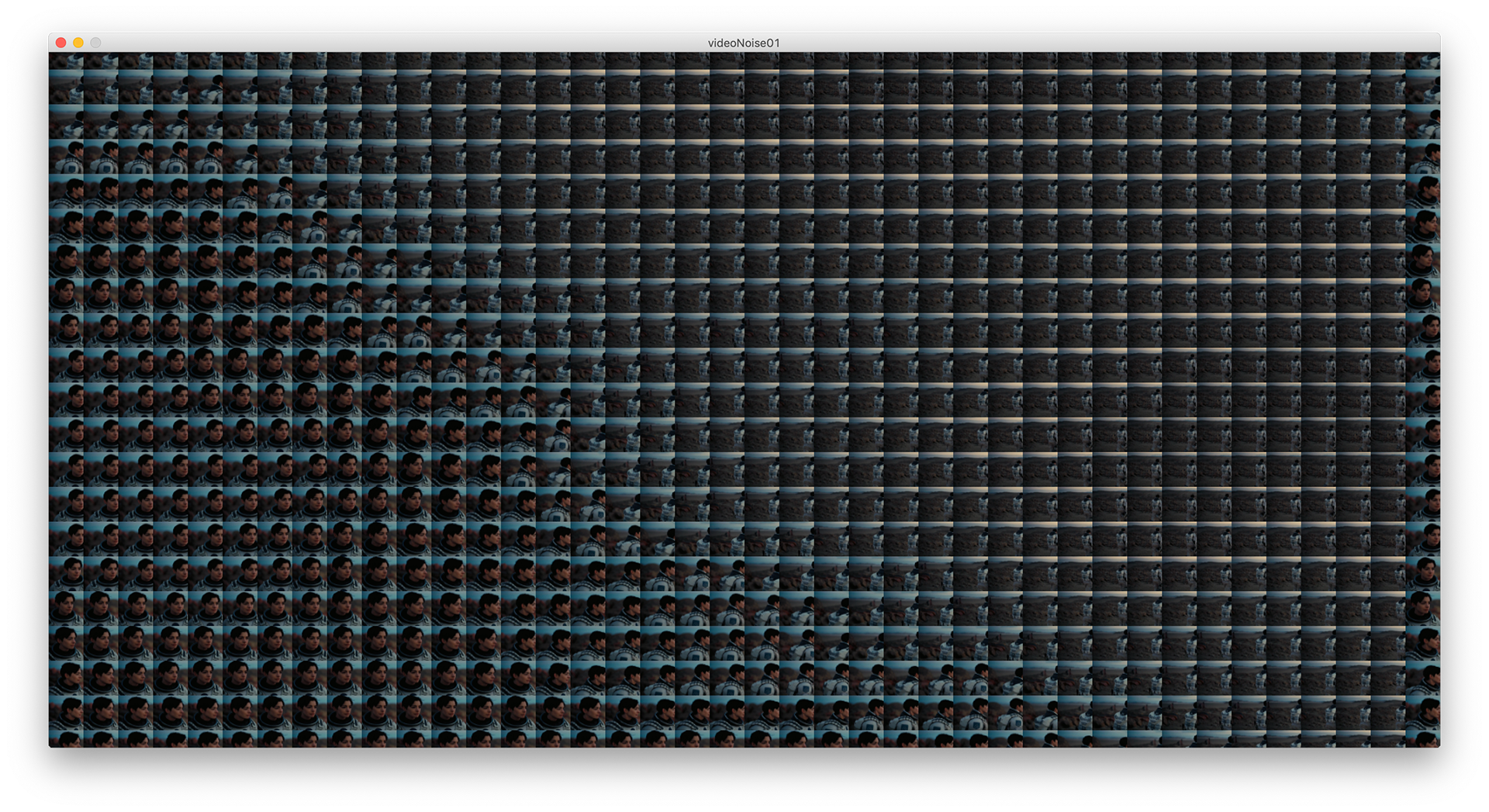
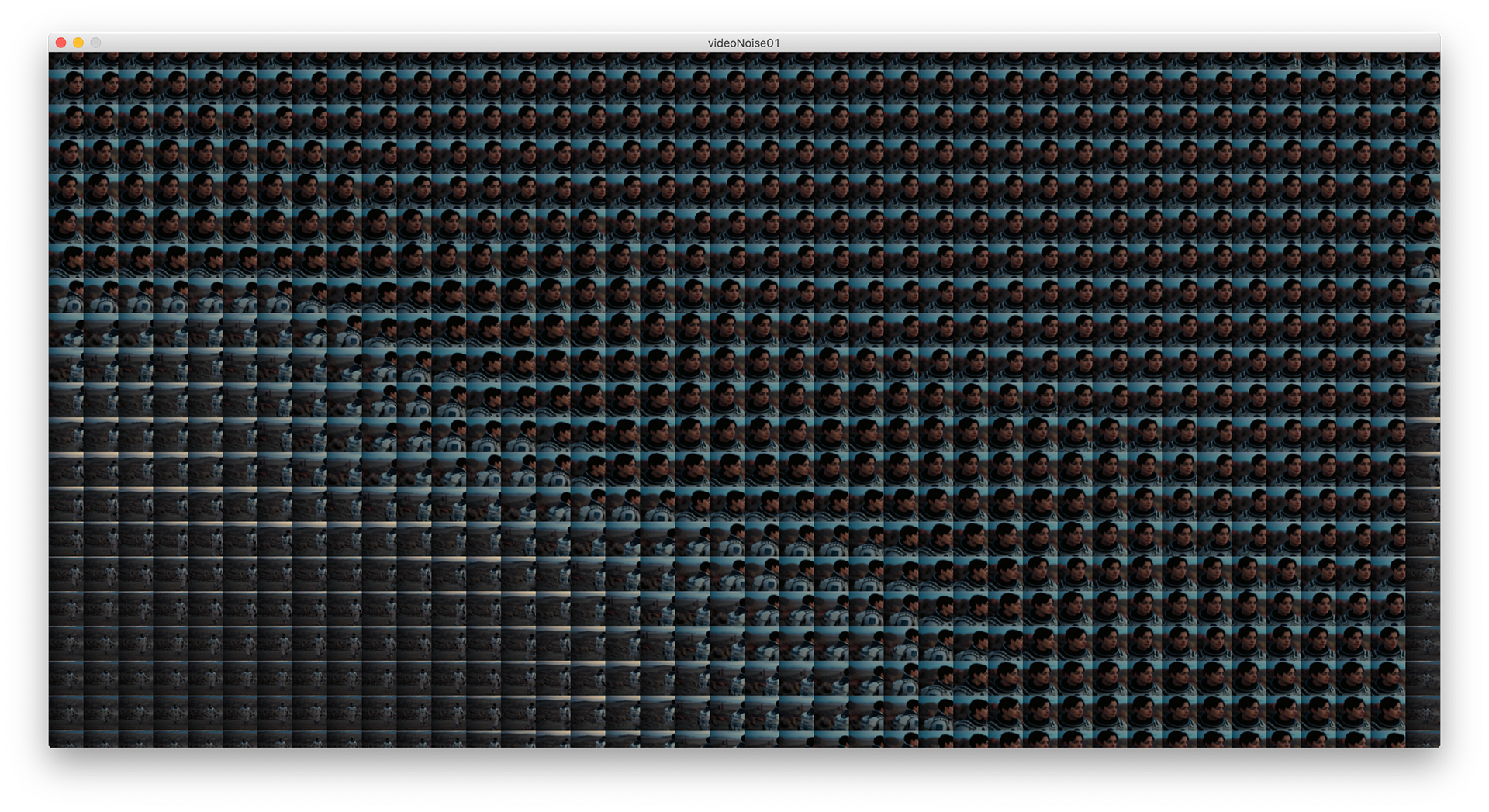

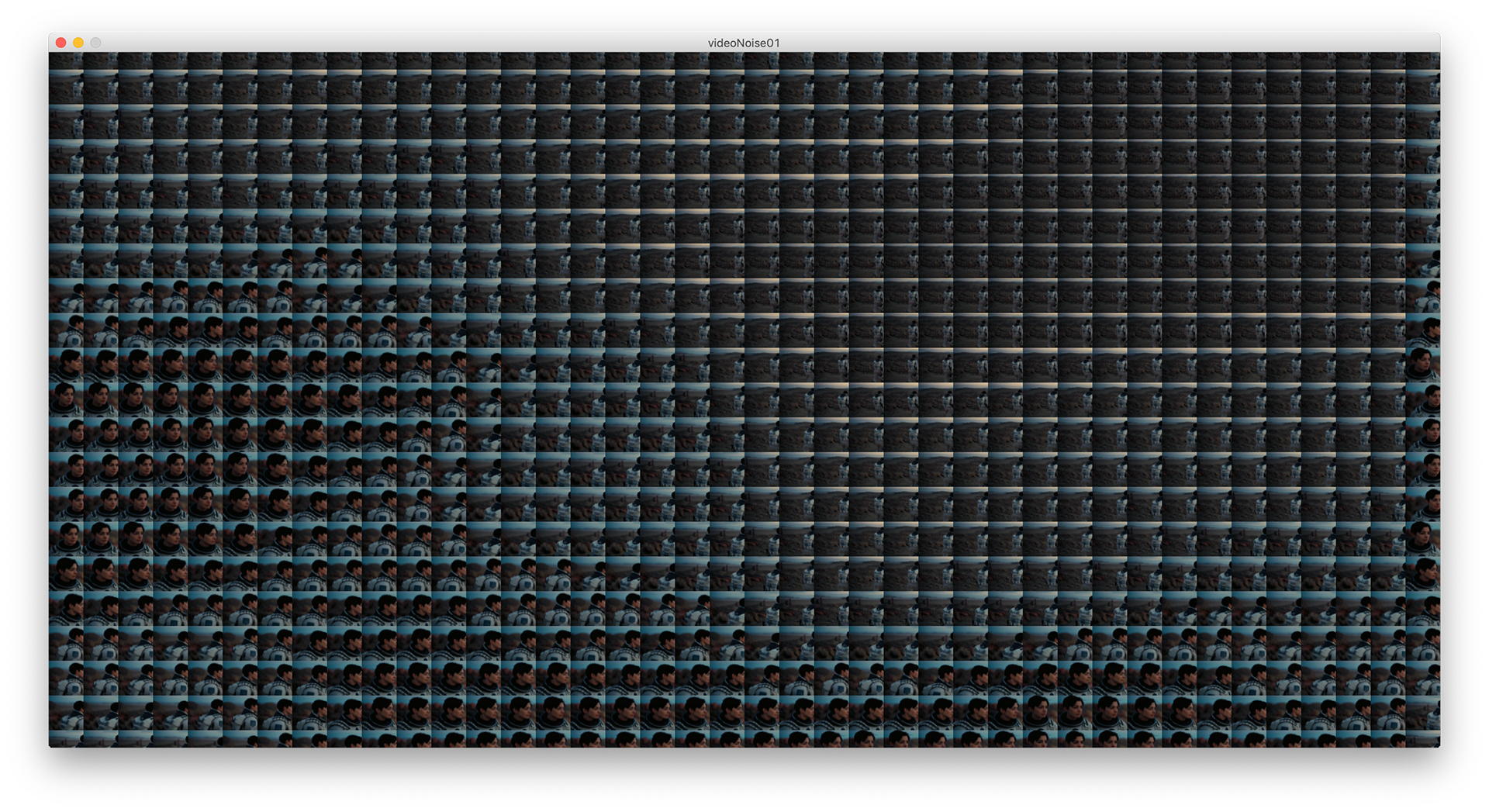
--------------------------------------
Looking back over works I wished to elevate and progress with whilst keeping in mind my thought process and my intended outcome I was reminded of the experiments I did where I isolated figures in one point perspective shots and layered the frames to create a map of movement.
Scene from The Shining layered through Processing.
These works reminded me of Jim Campbell's Illuminated Average Series, In particular the Psycho and Citizen Kane works.
Welles' Citizen Kane Breakfast Table Sequence, 2000, Jim Campbell
Averaged over 2 minutes 13 seconds. 24 x 18 inches. Duratrans, light box
Hitchcock's Psycho, 2000, Jim Campbell
Averaged over 1 hour 50 minutes (entire film). 30 x 18 inches. Duratrans, light box.
I really appreciate the dream like quality in Campbell's works as it's intent is to capture a compression of time into one single image. The idea is very similar to Dawes' works. Being able to view a scene in one single frame relates back to a non-liner narrative and pushes us to alter how we view these already recognisable works.
These works end up becoming a form of data visualisation for the film or scene in question. We can learn a lot from these images and get a general feel of the film quickly.
The use of film is intelligent. We can see clearly the centre of the image is brighter than the darkened corners and can assume this is the layering of movement and subjects in the film. We can see remnants of the action that look place over the time portrayed which leaves this white stain.
The dream like quality is something I think my earlier experiments also share. The isolated figures become these ghost images leaving a map of movement.
